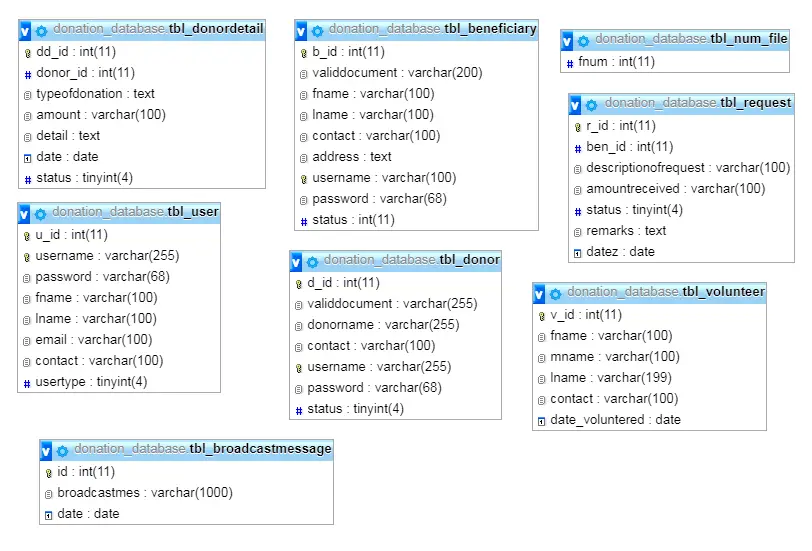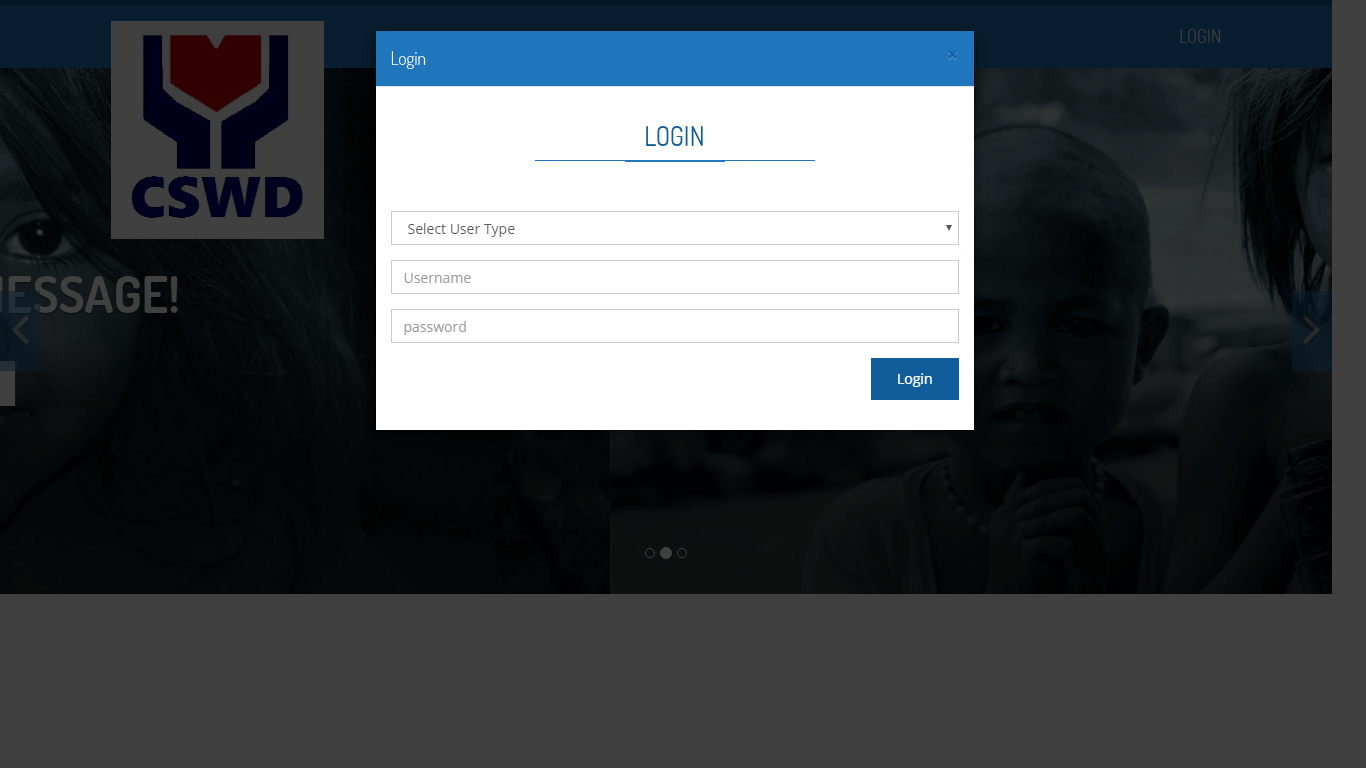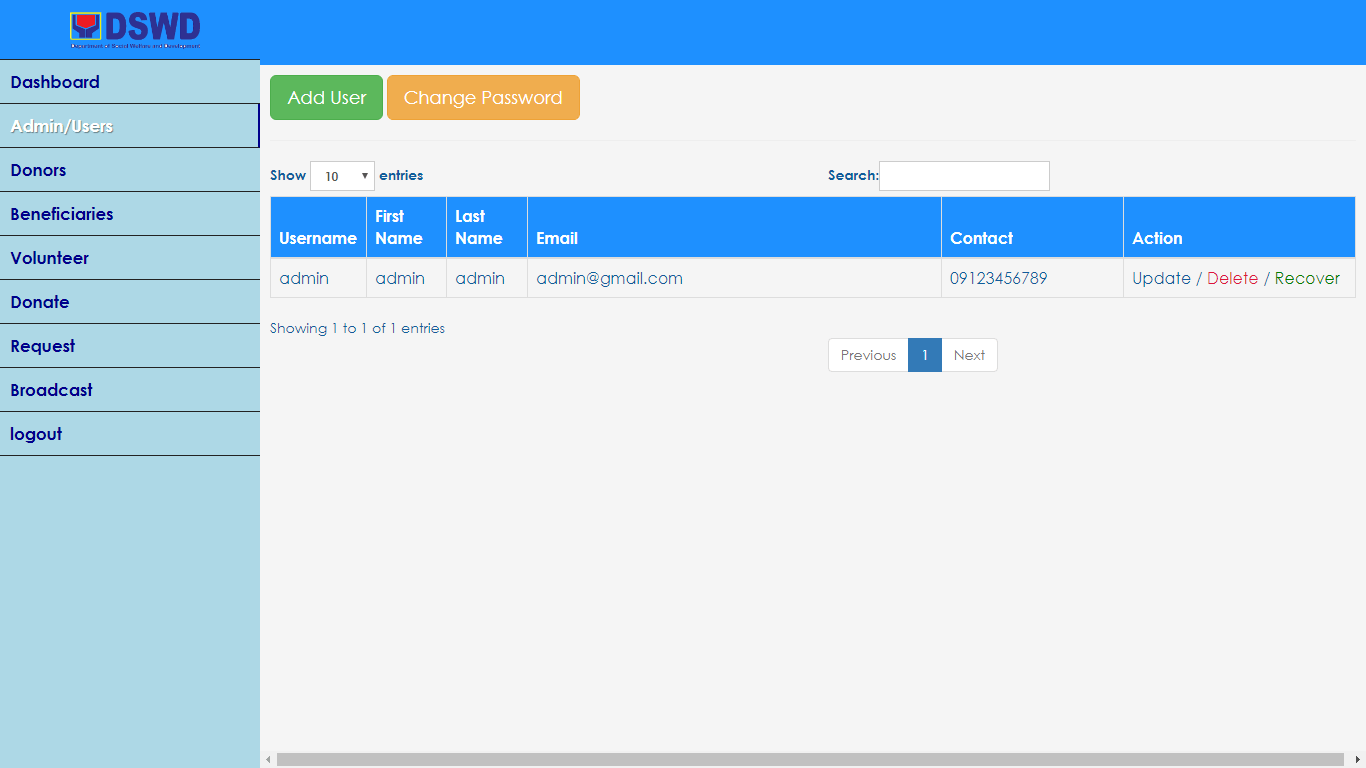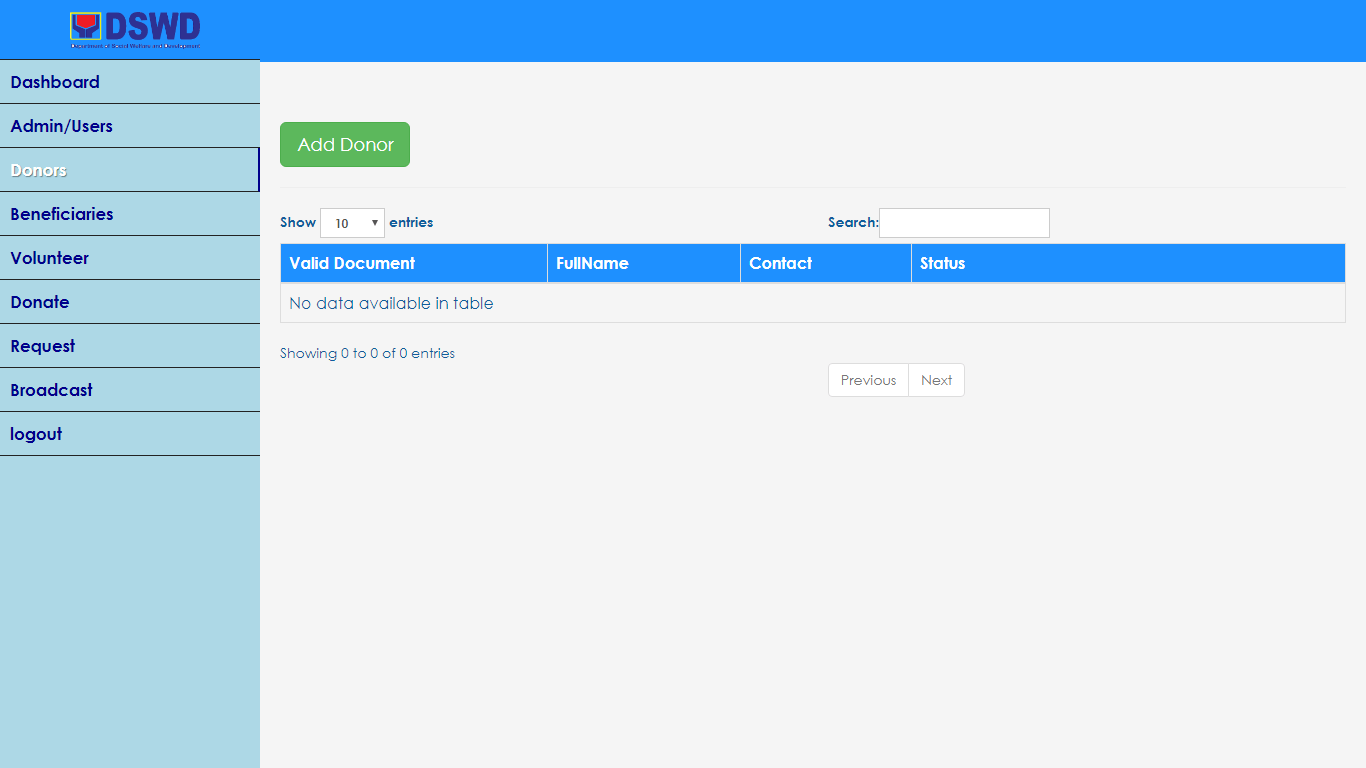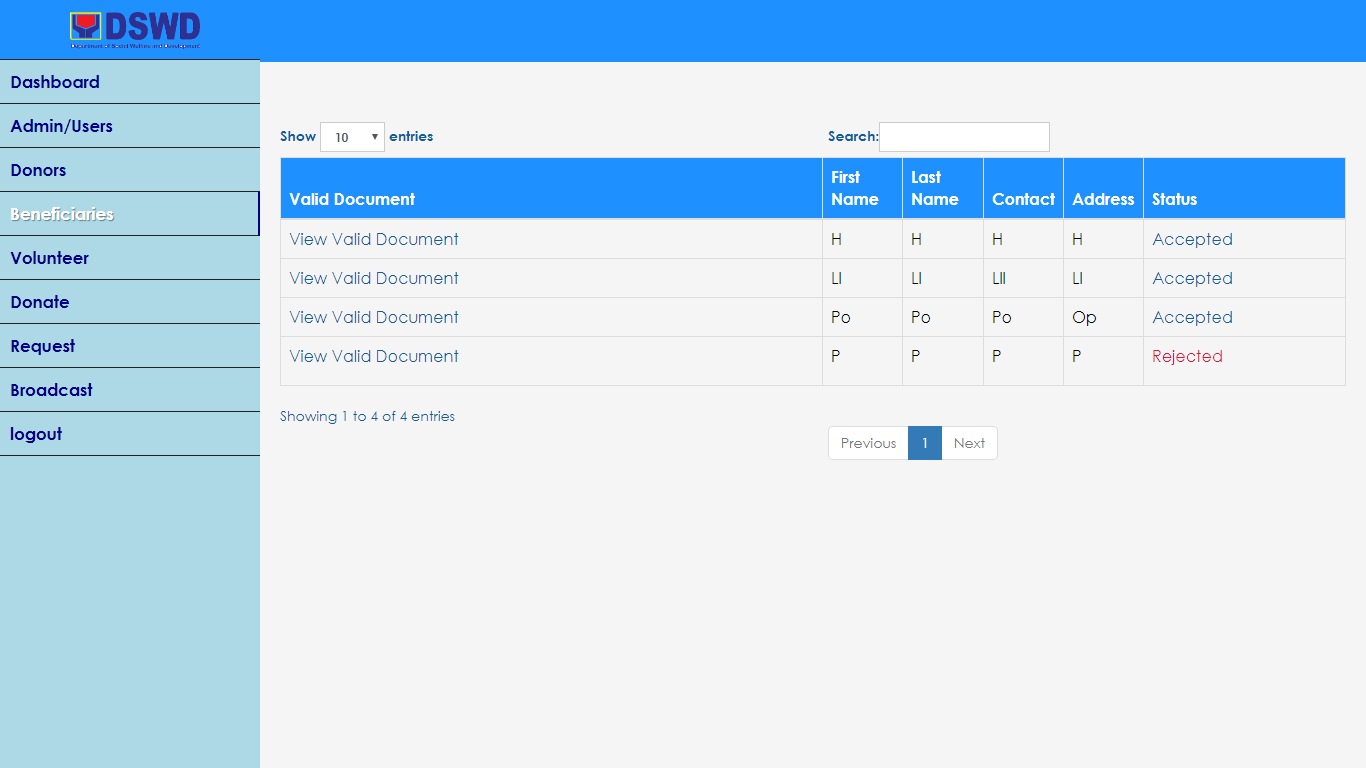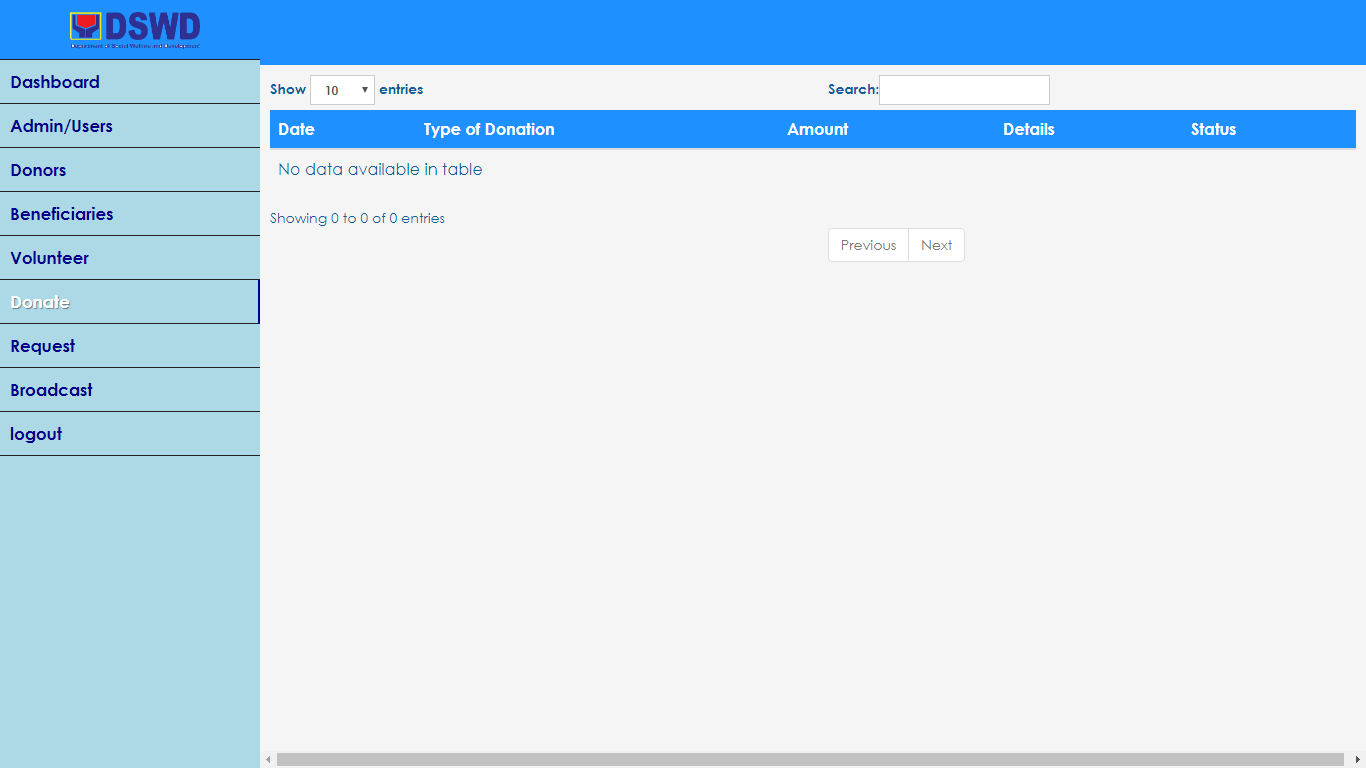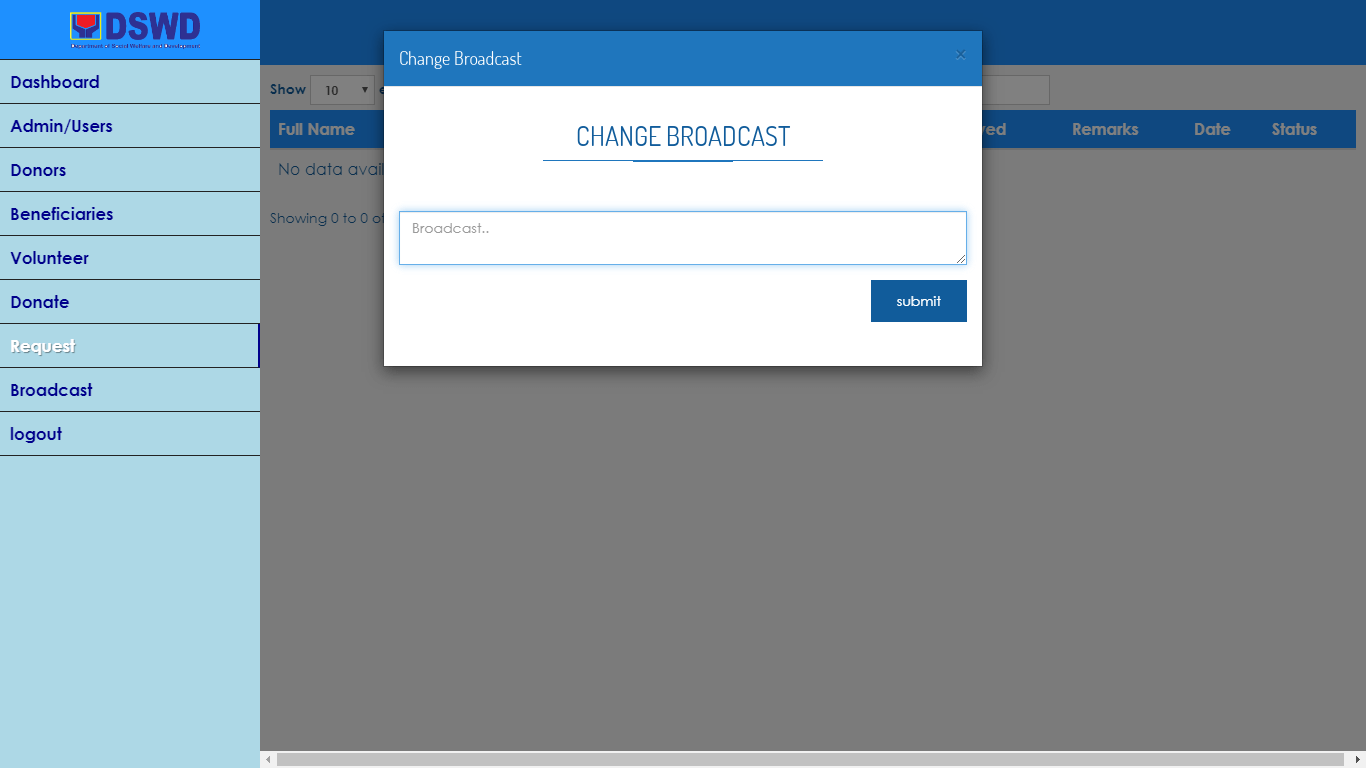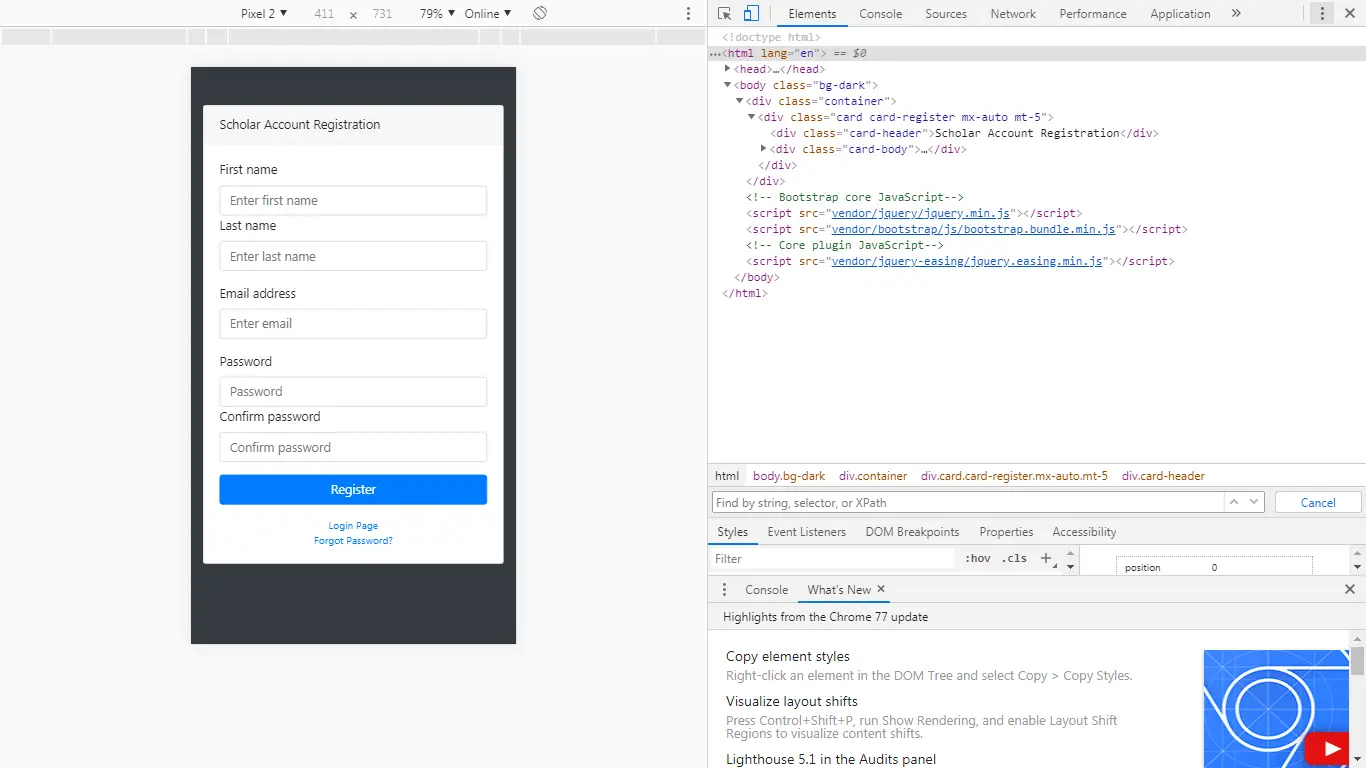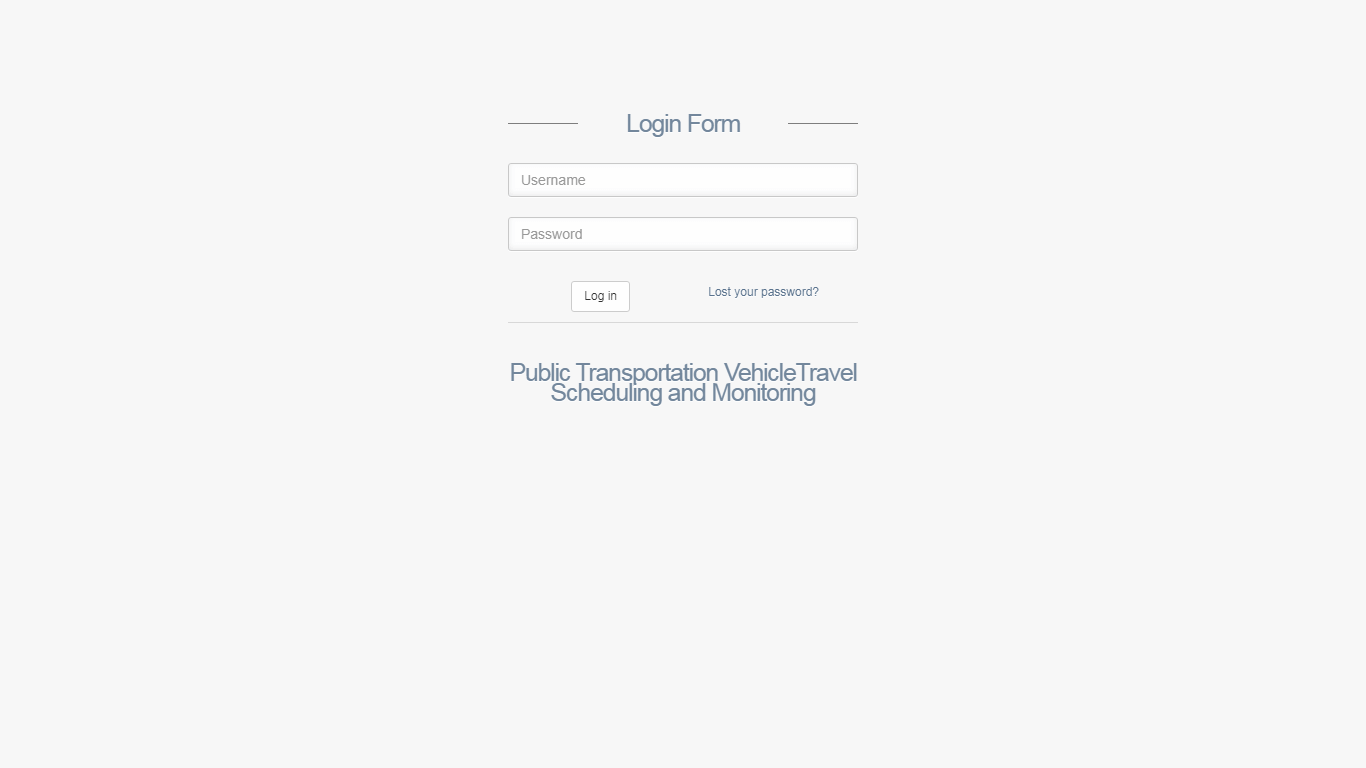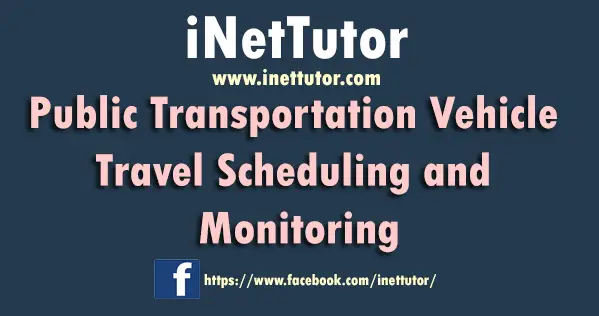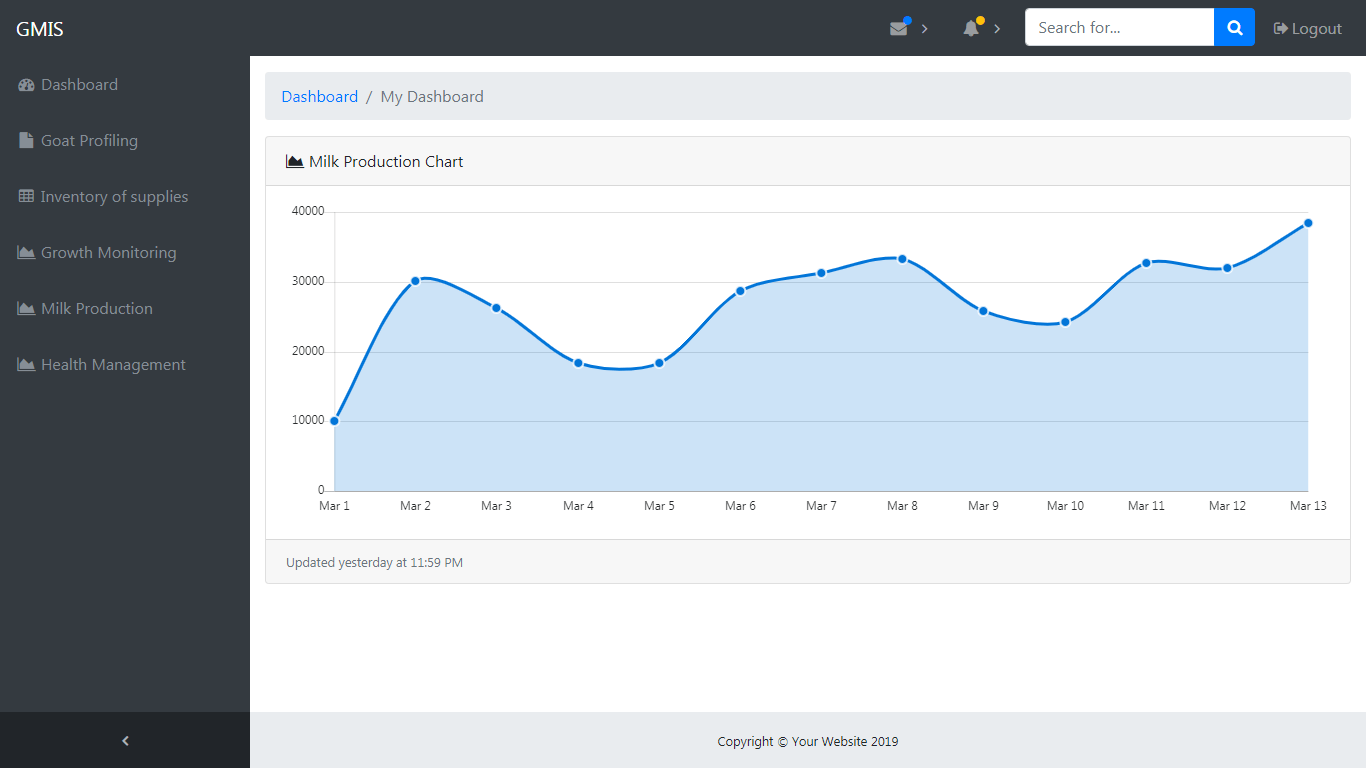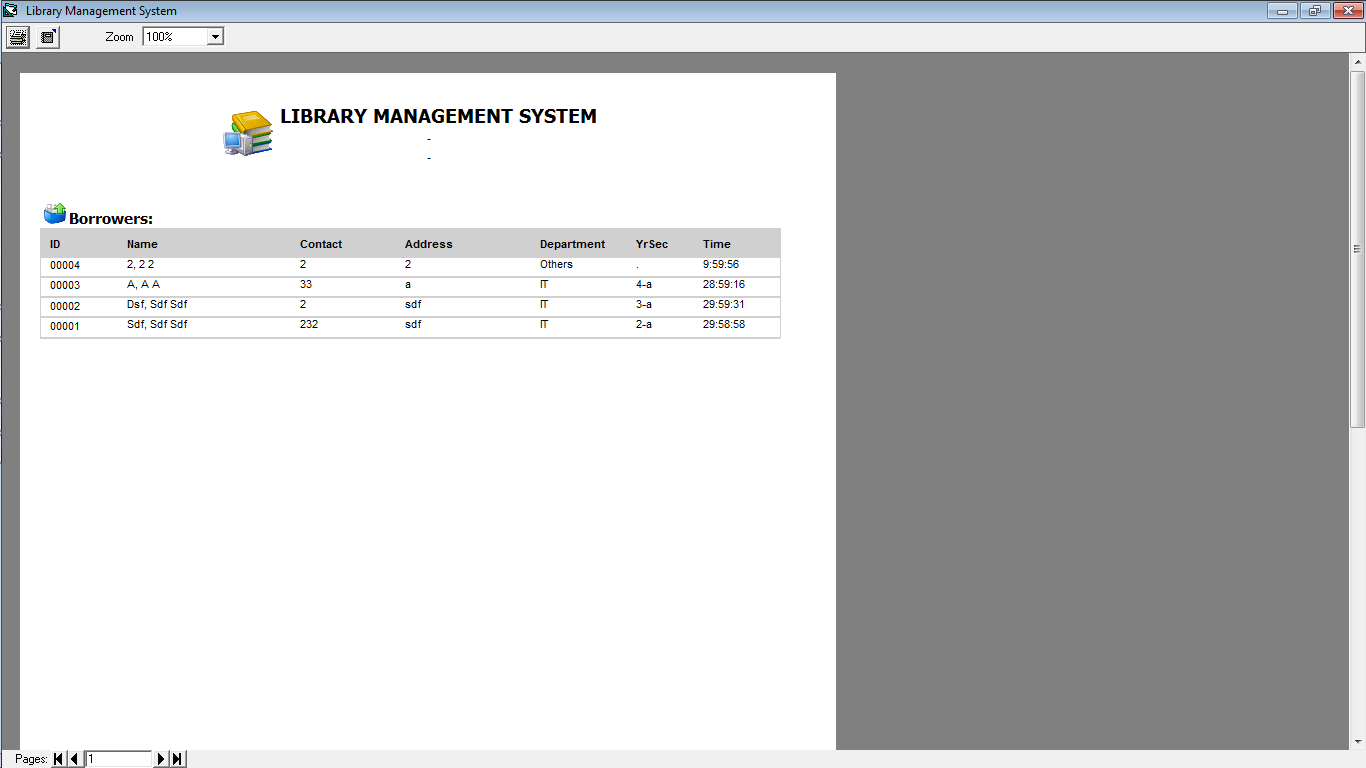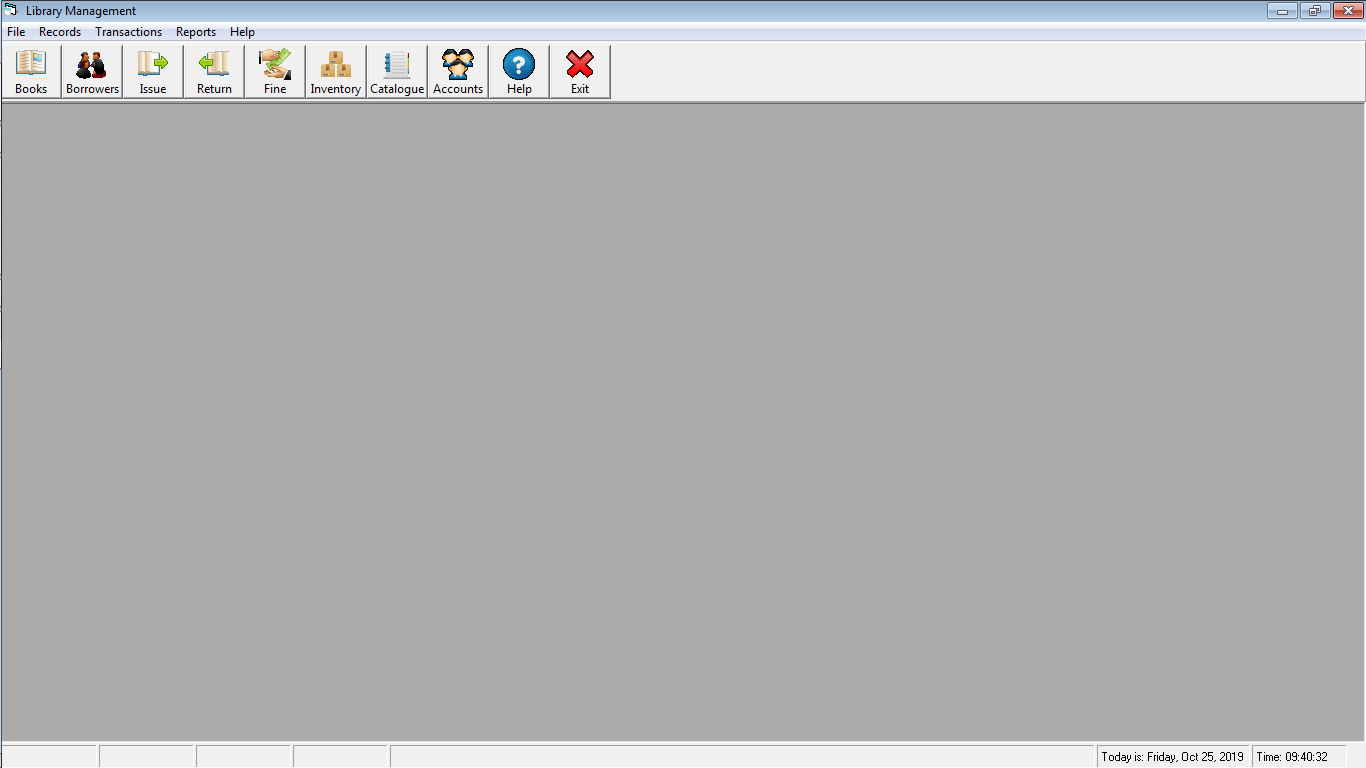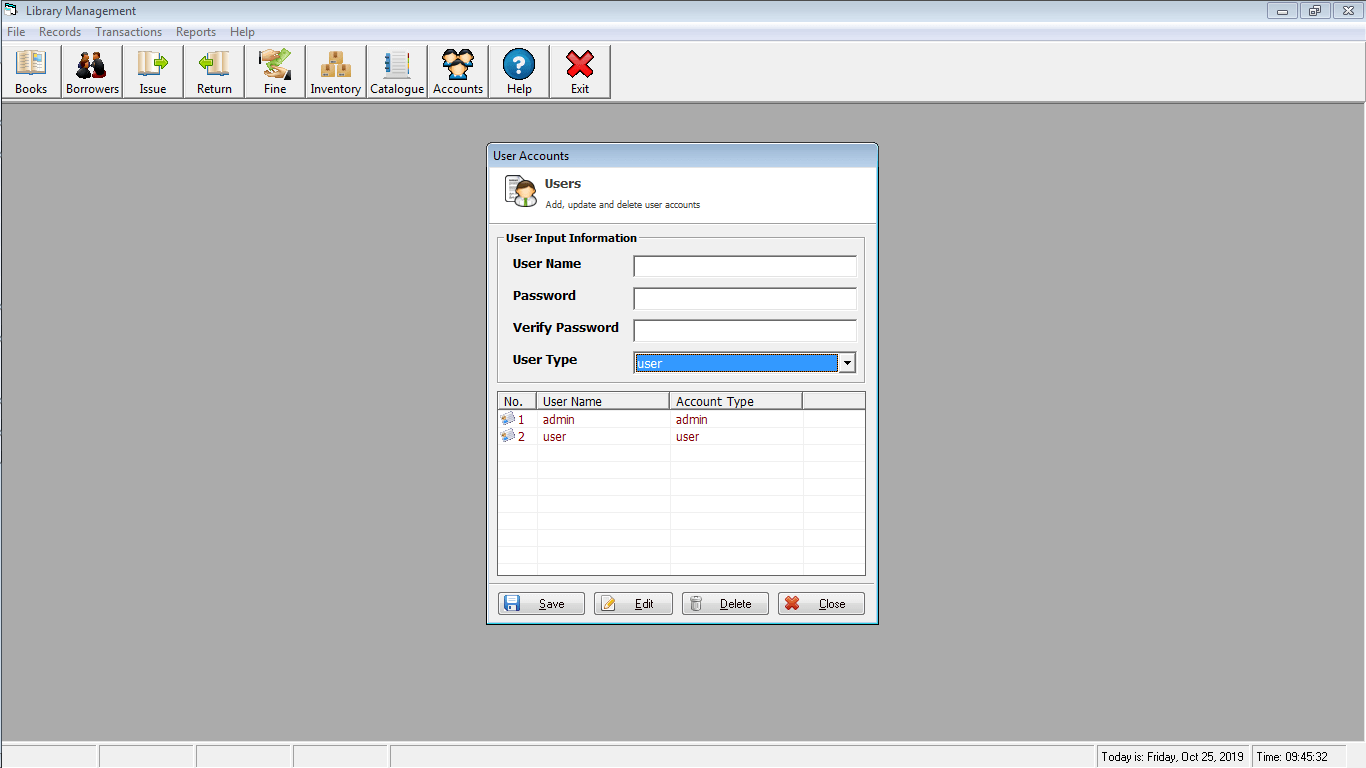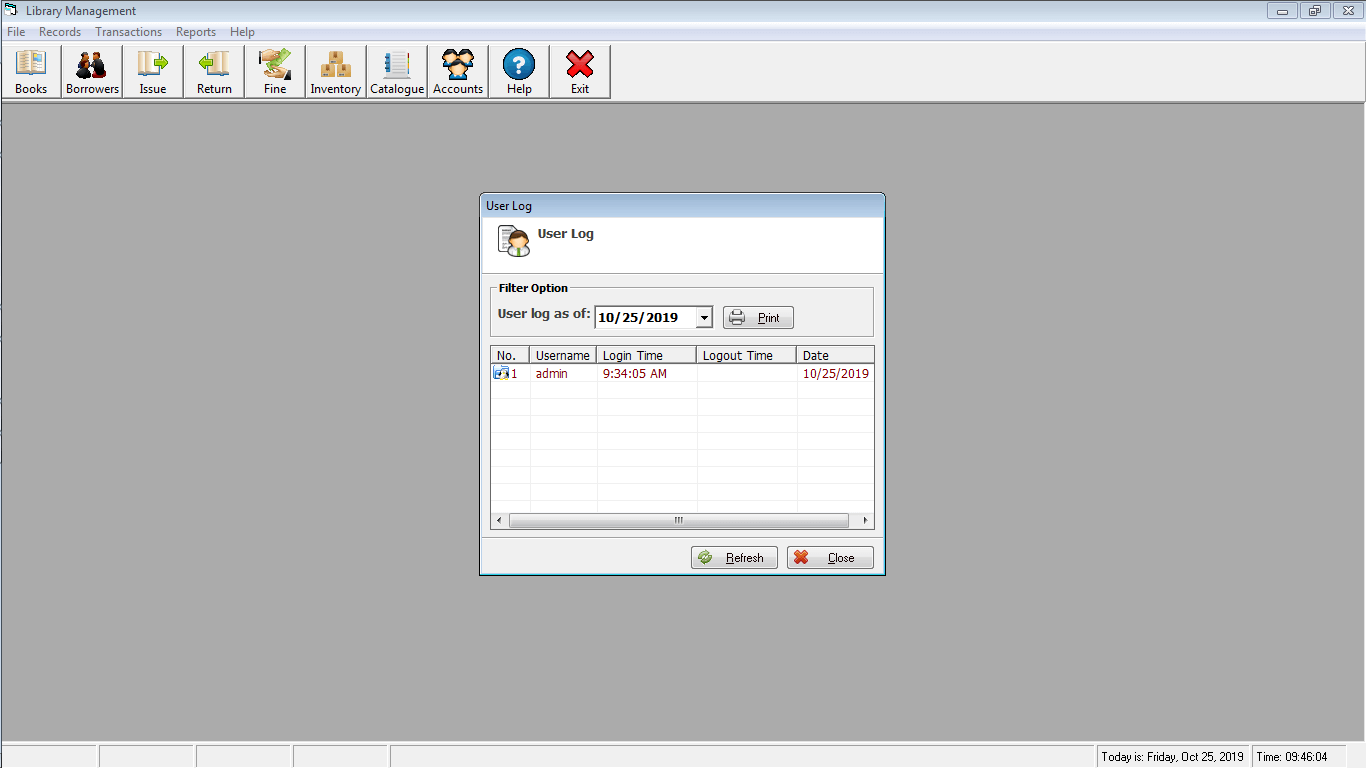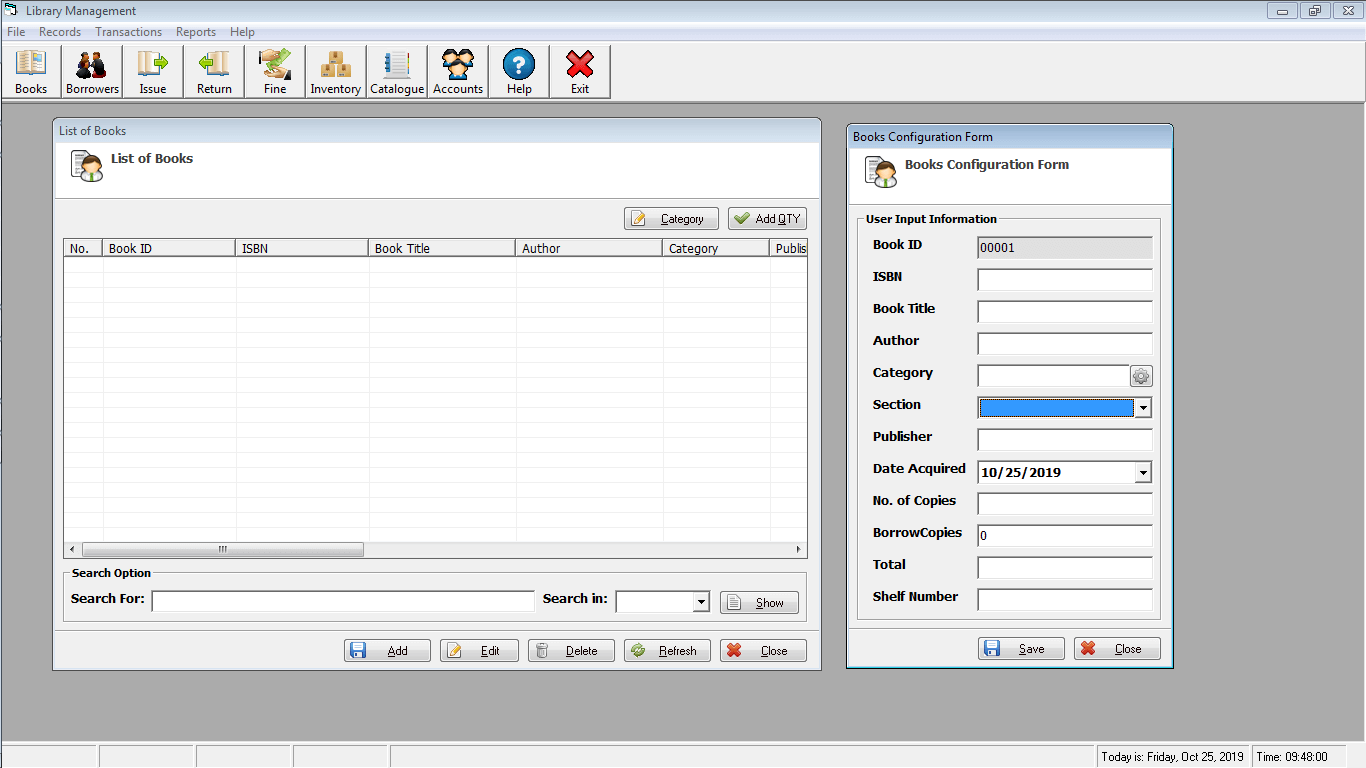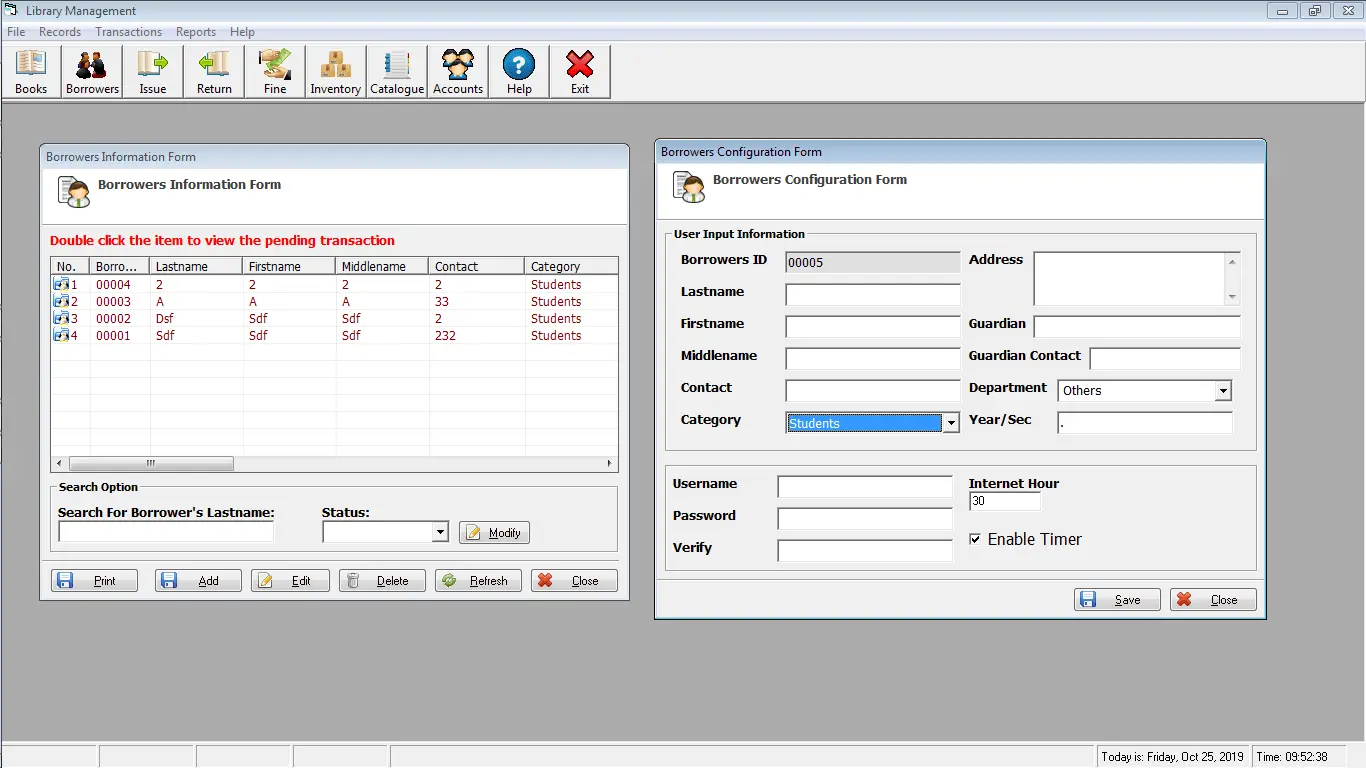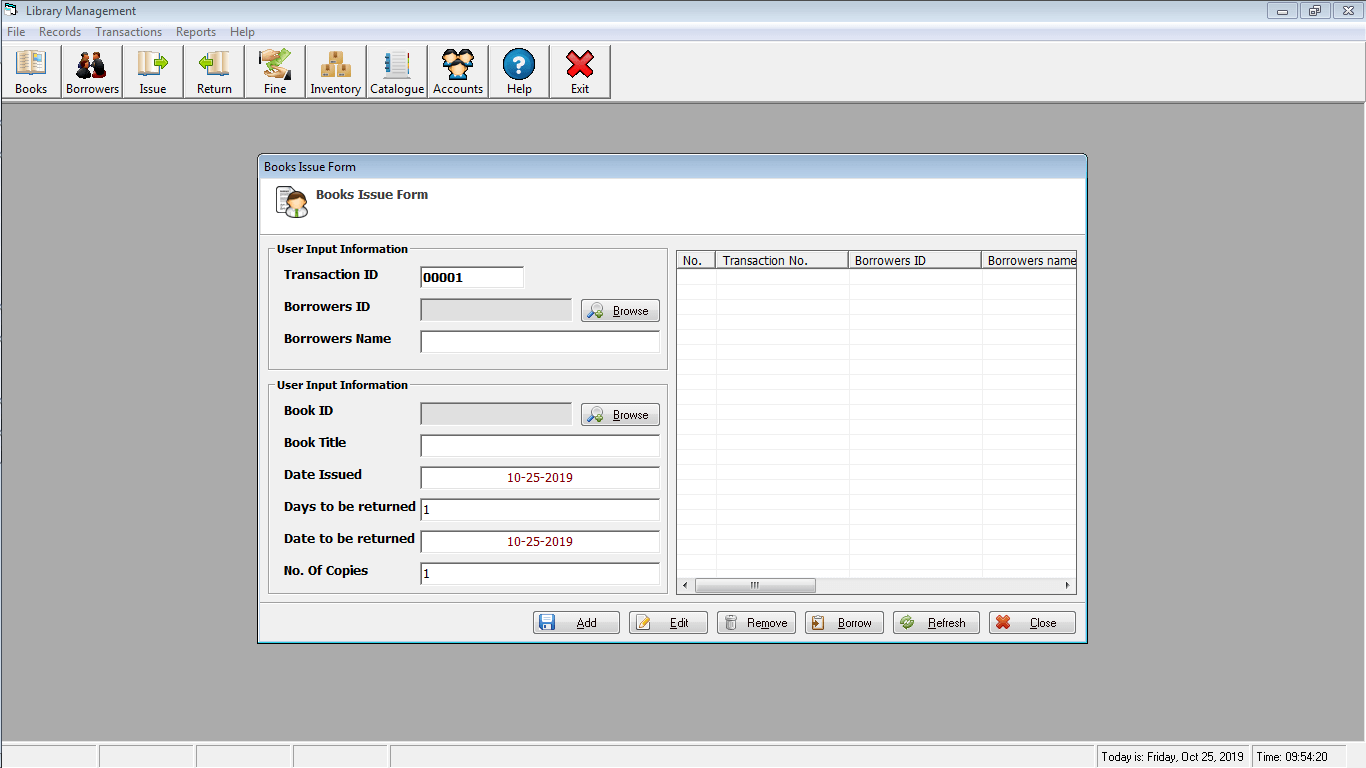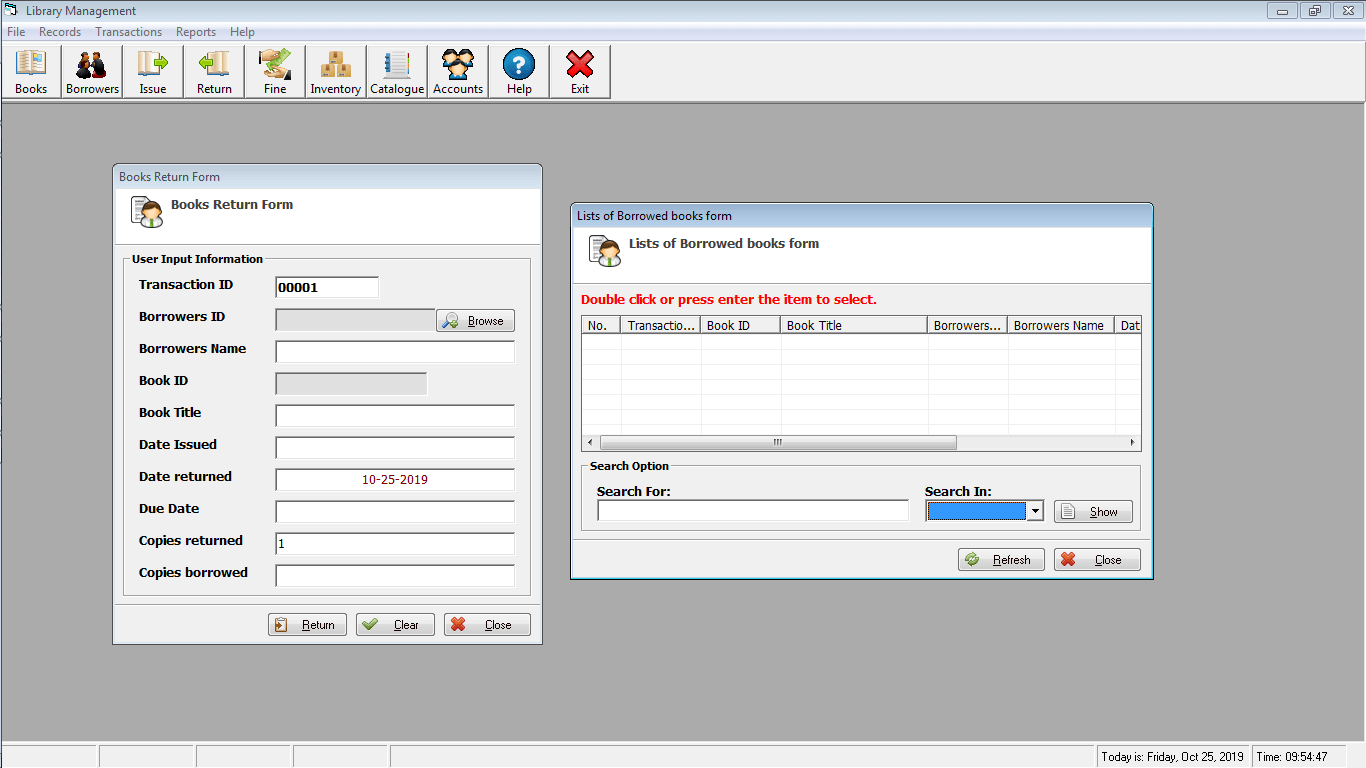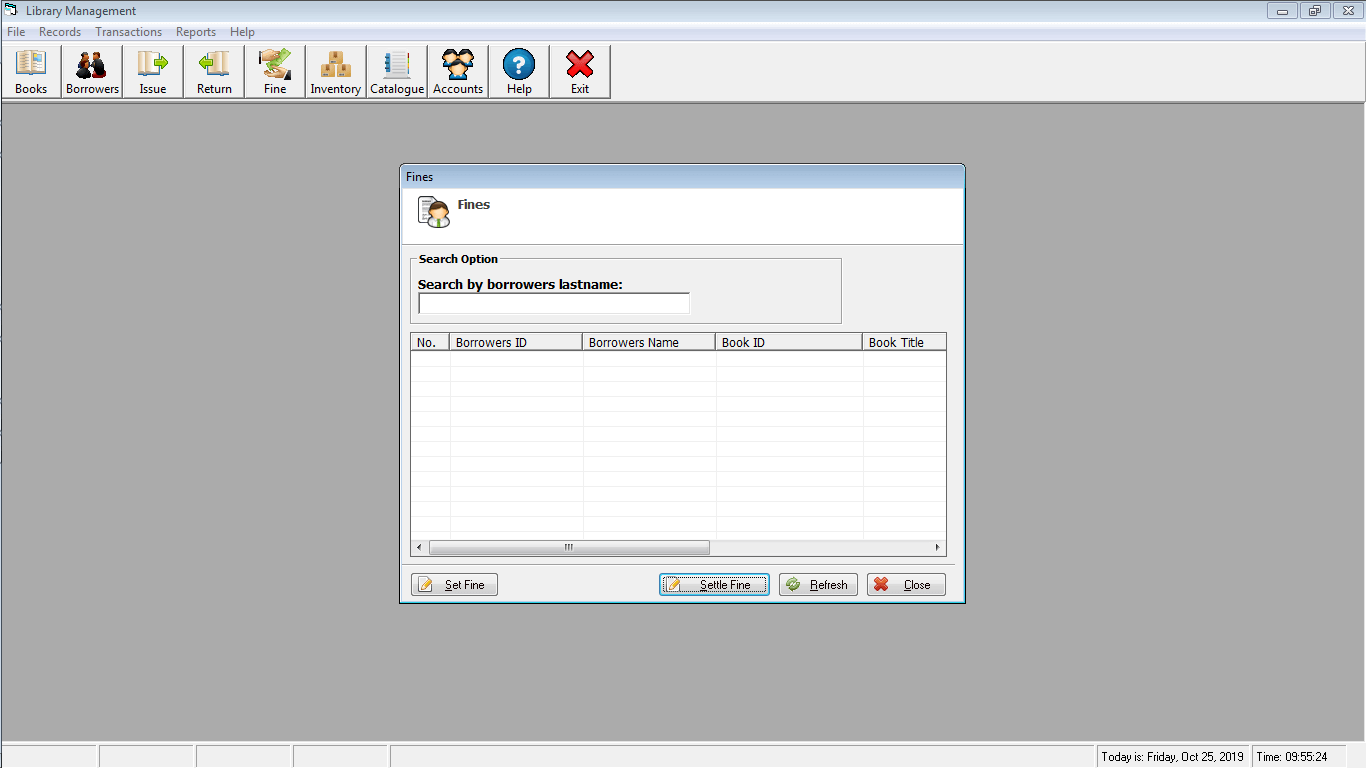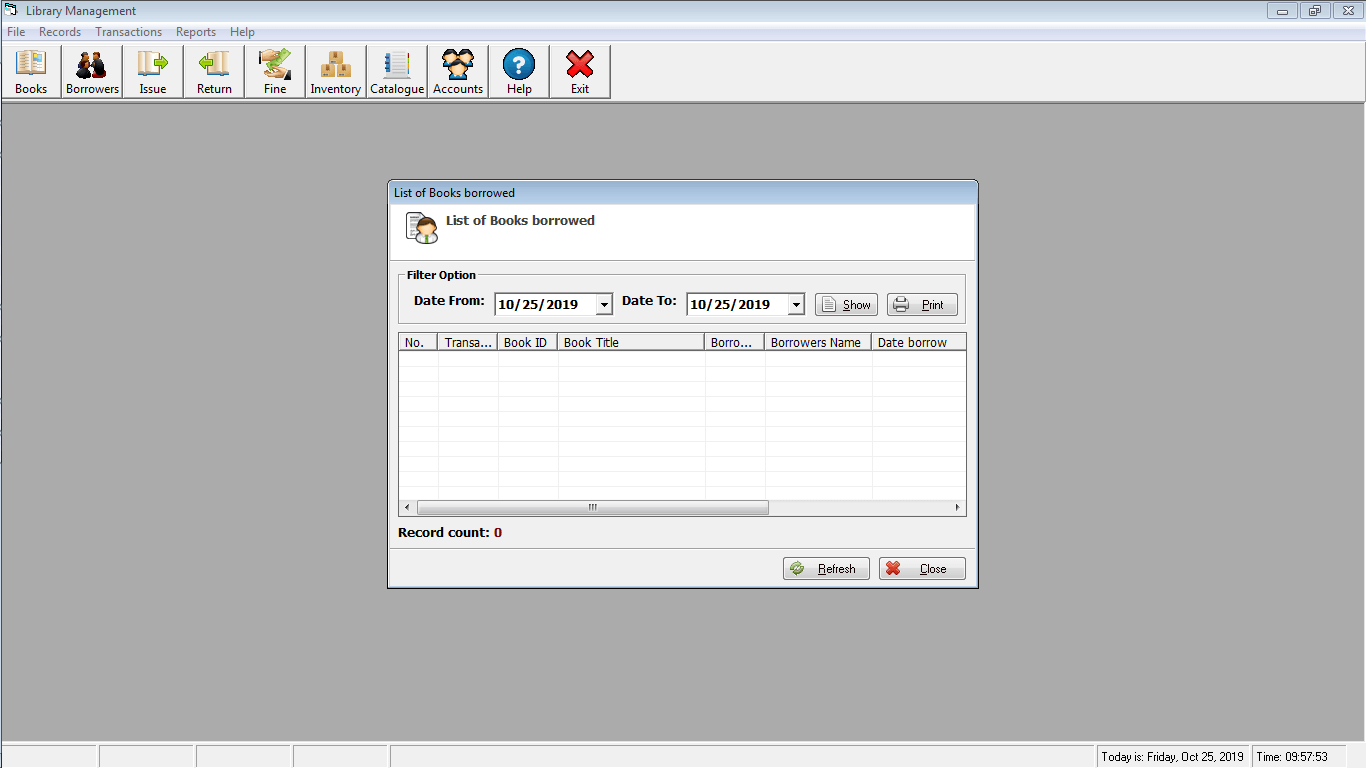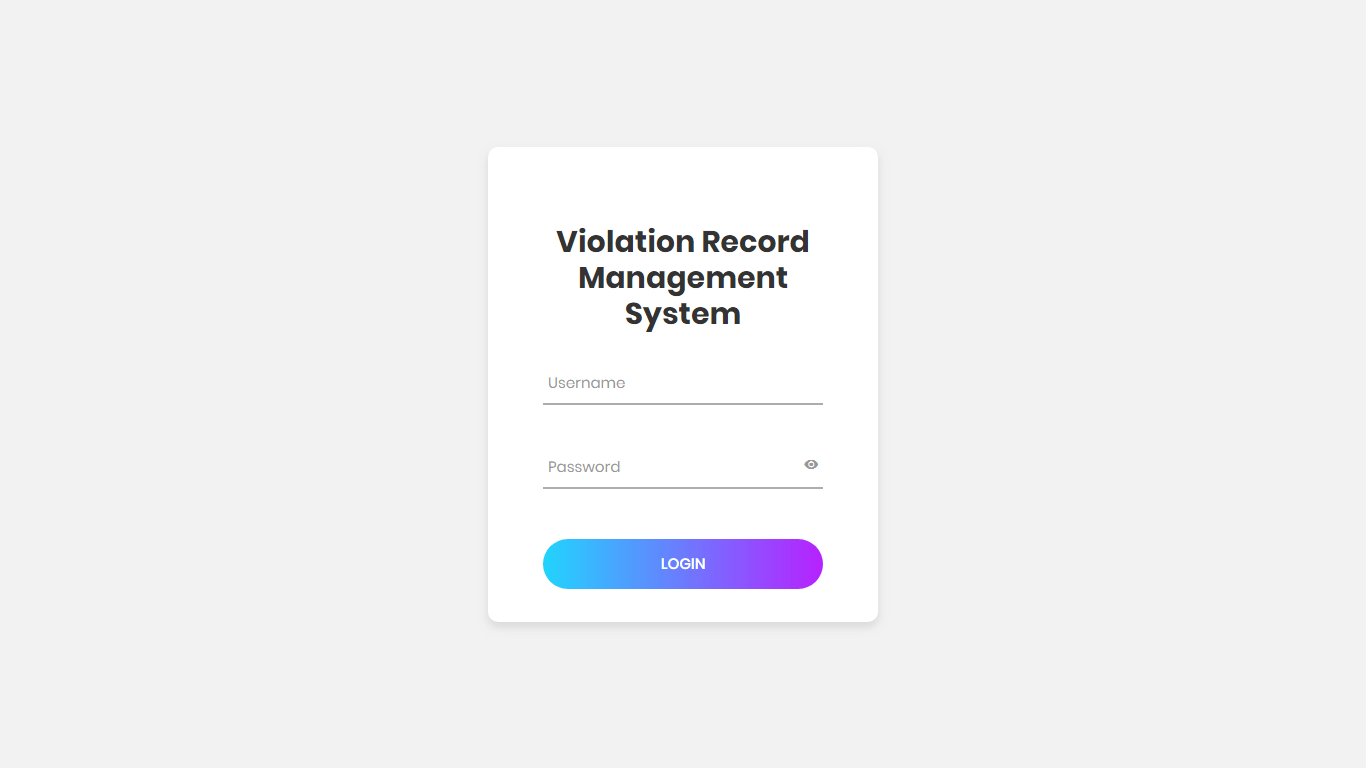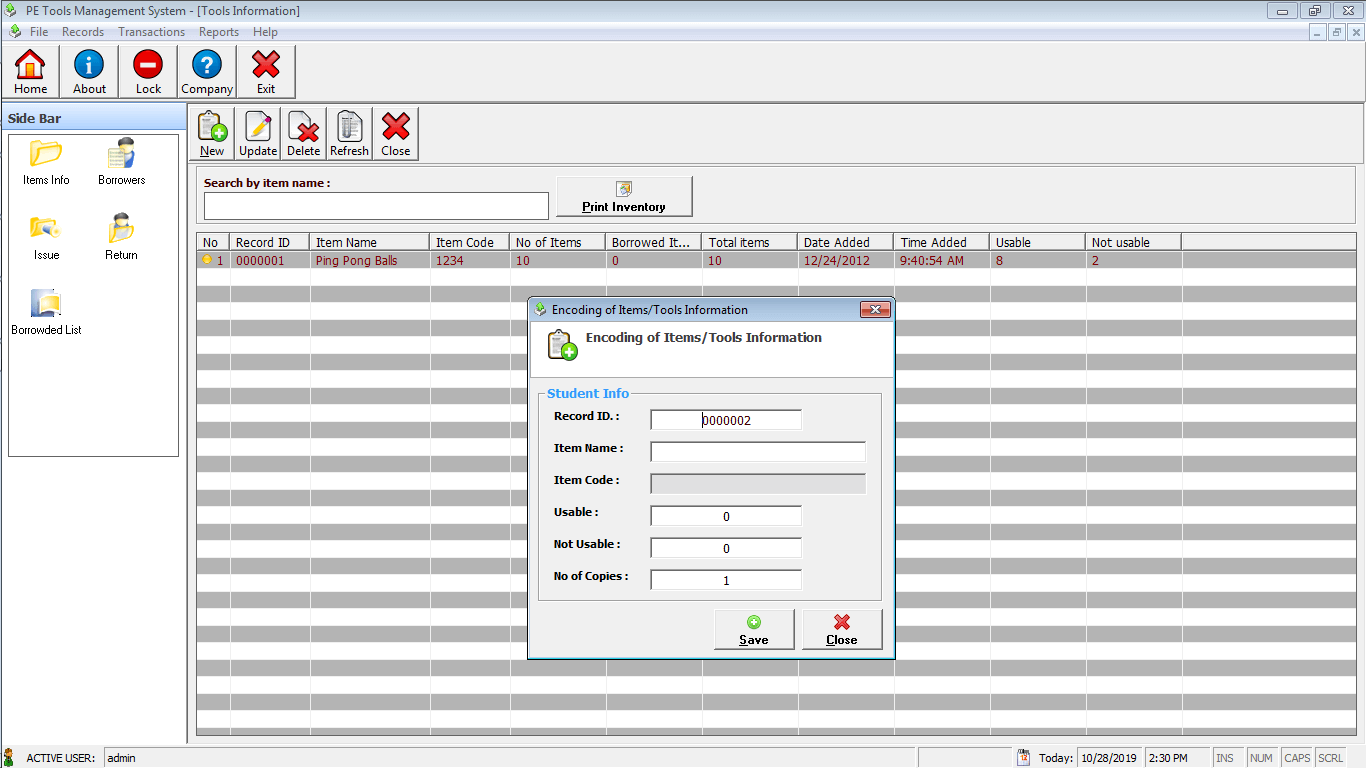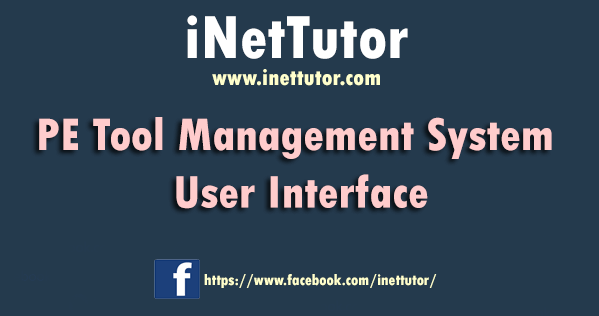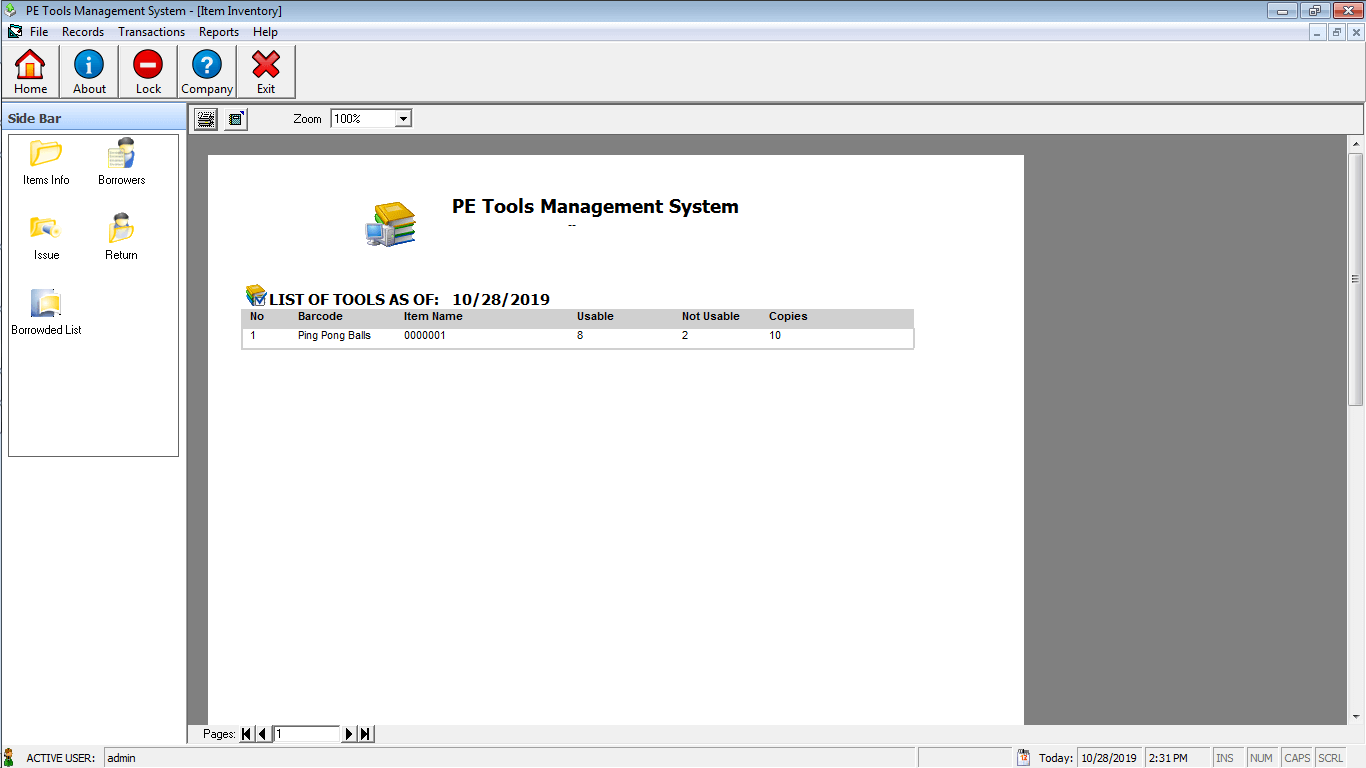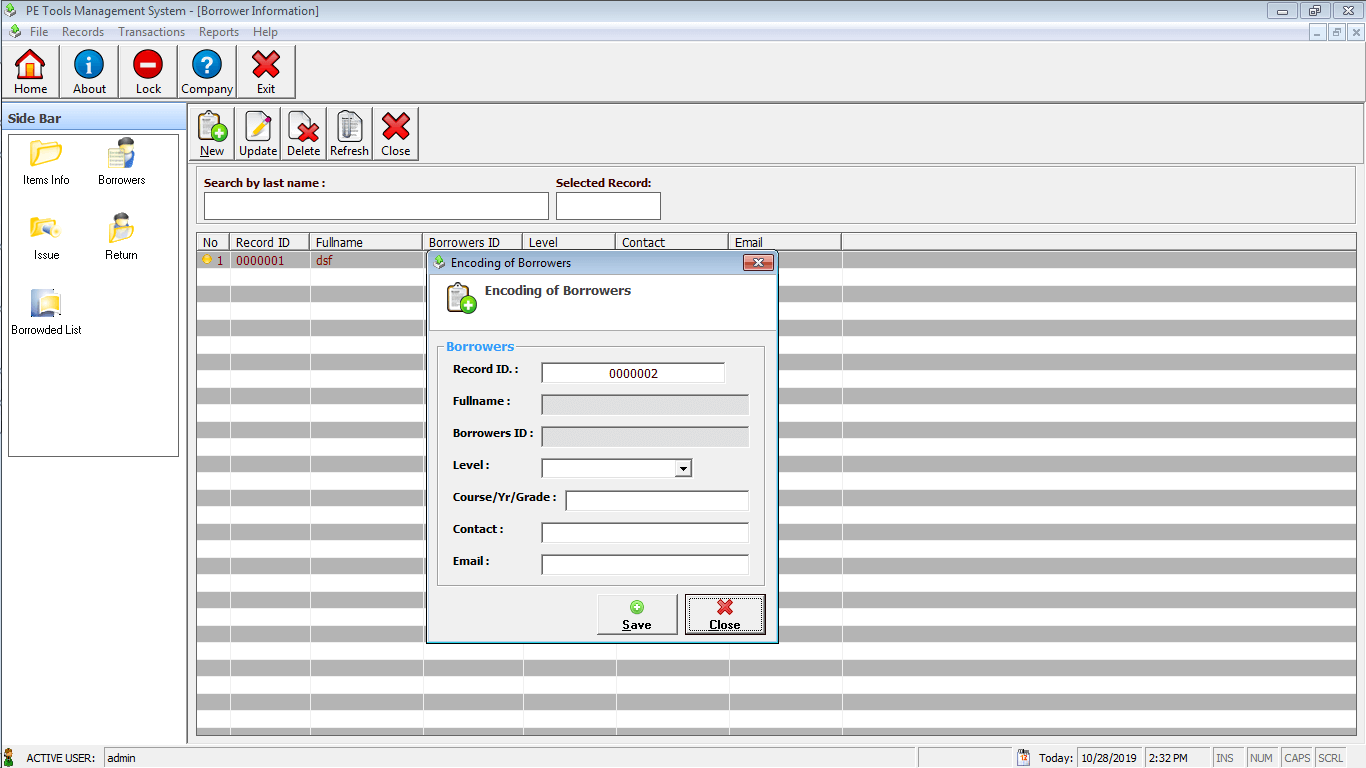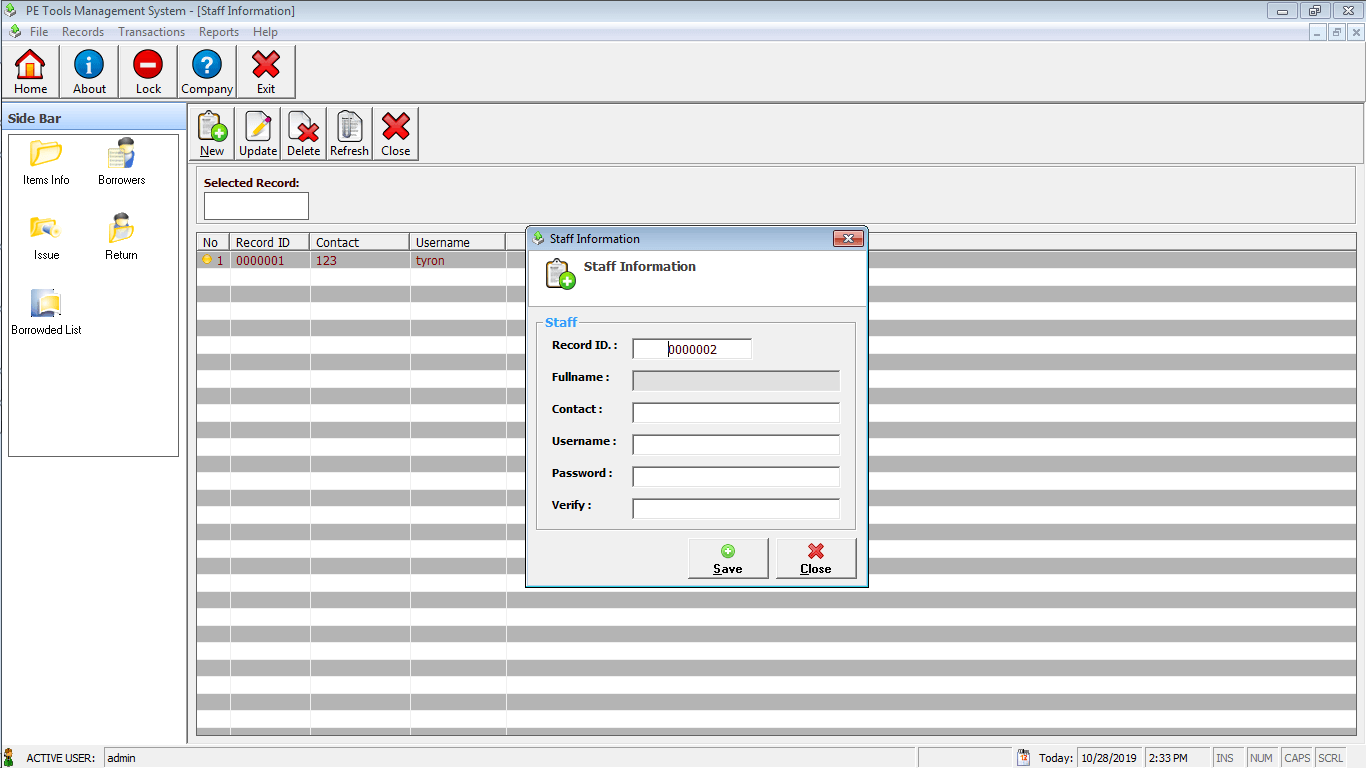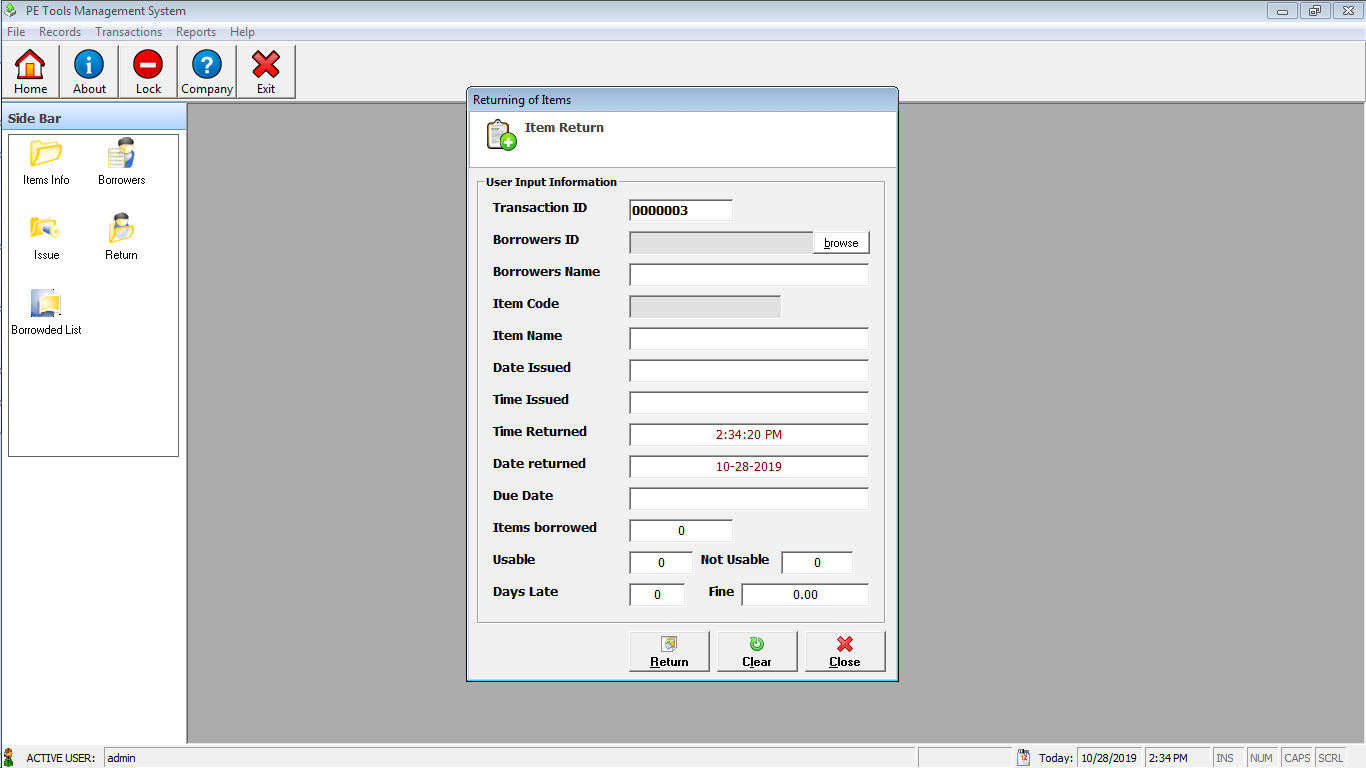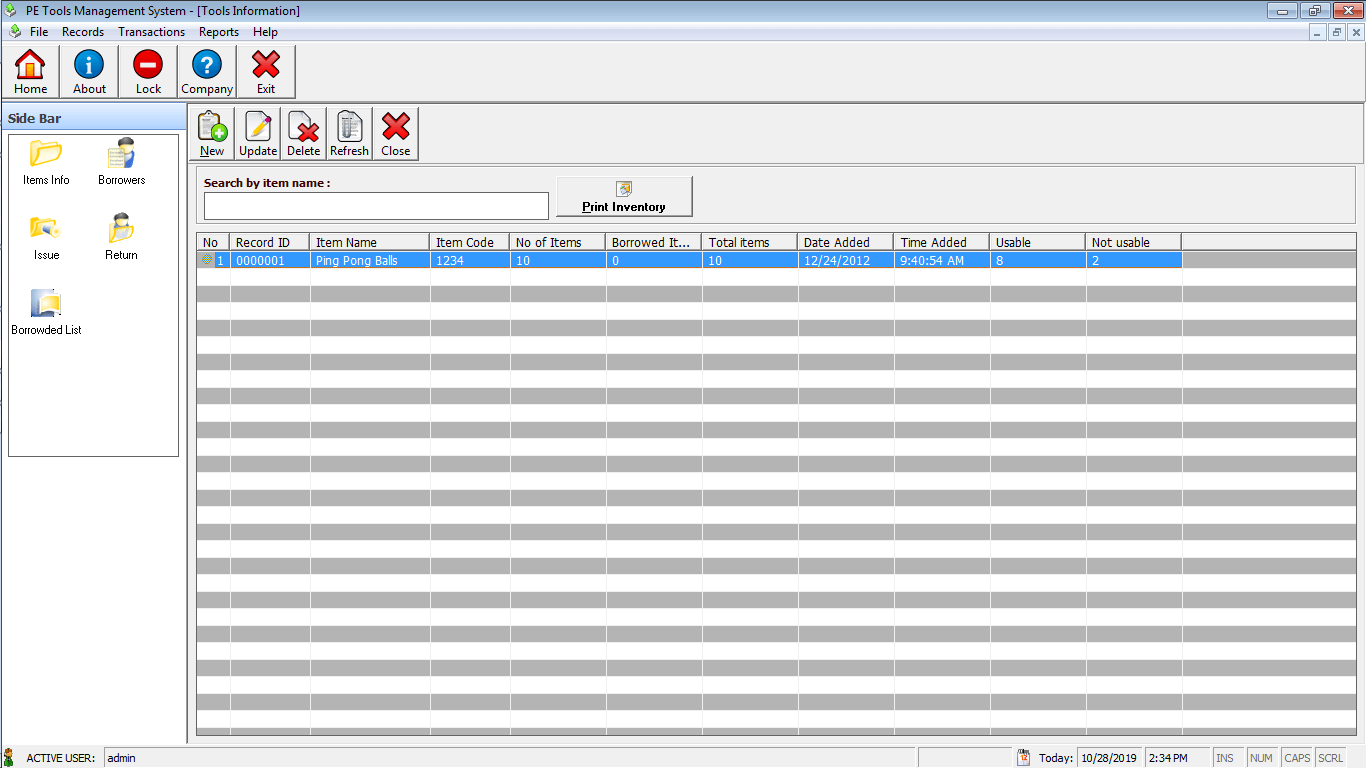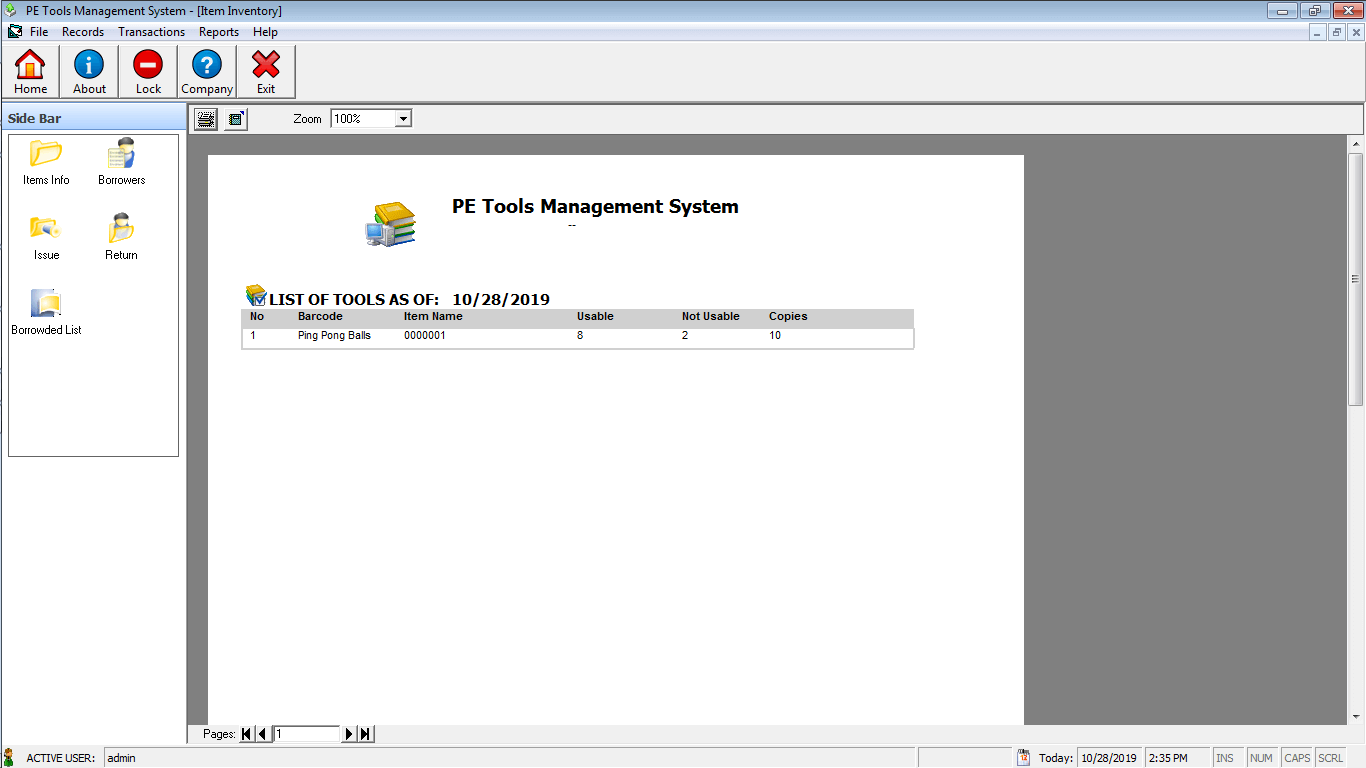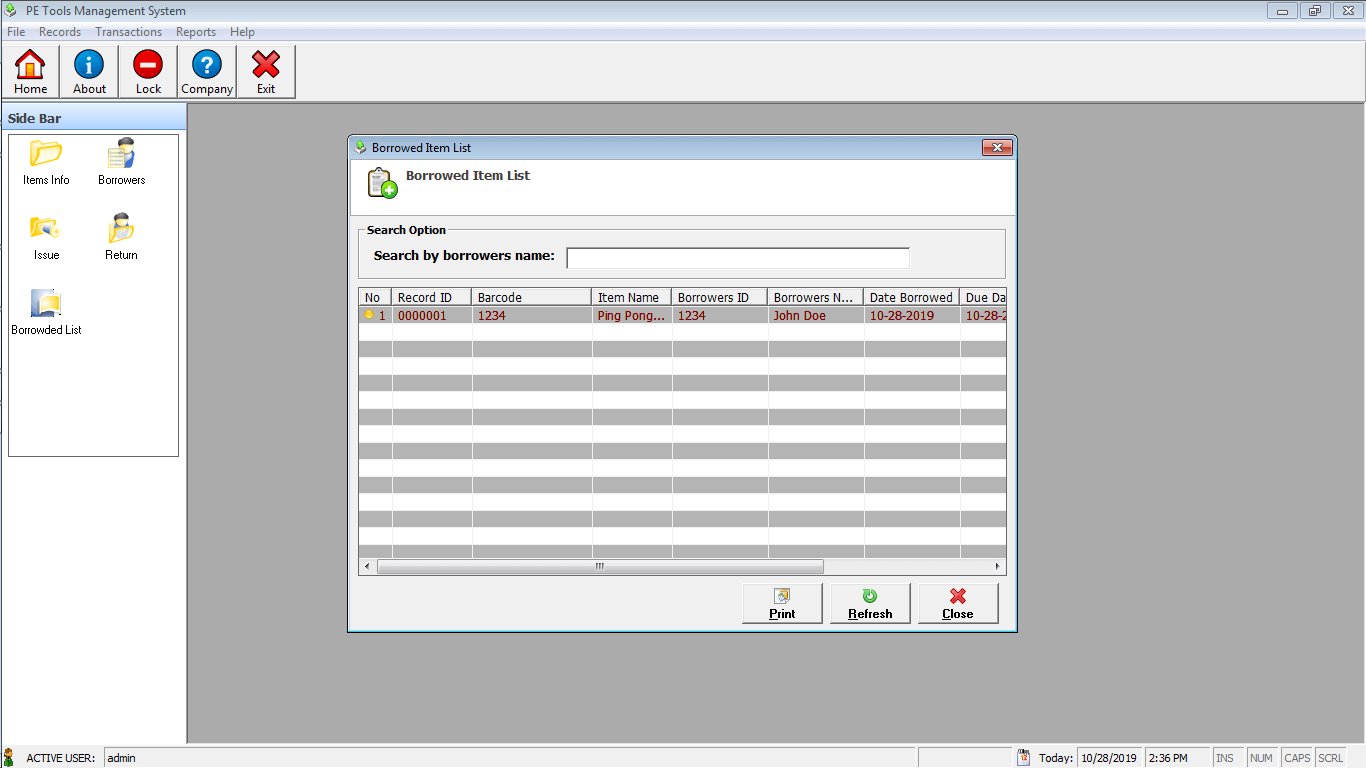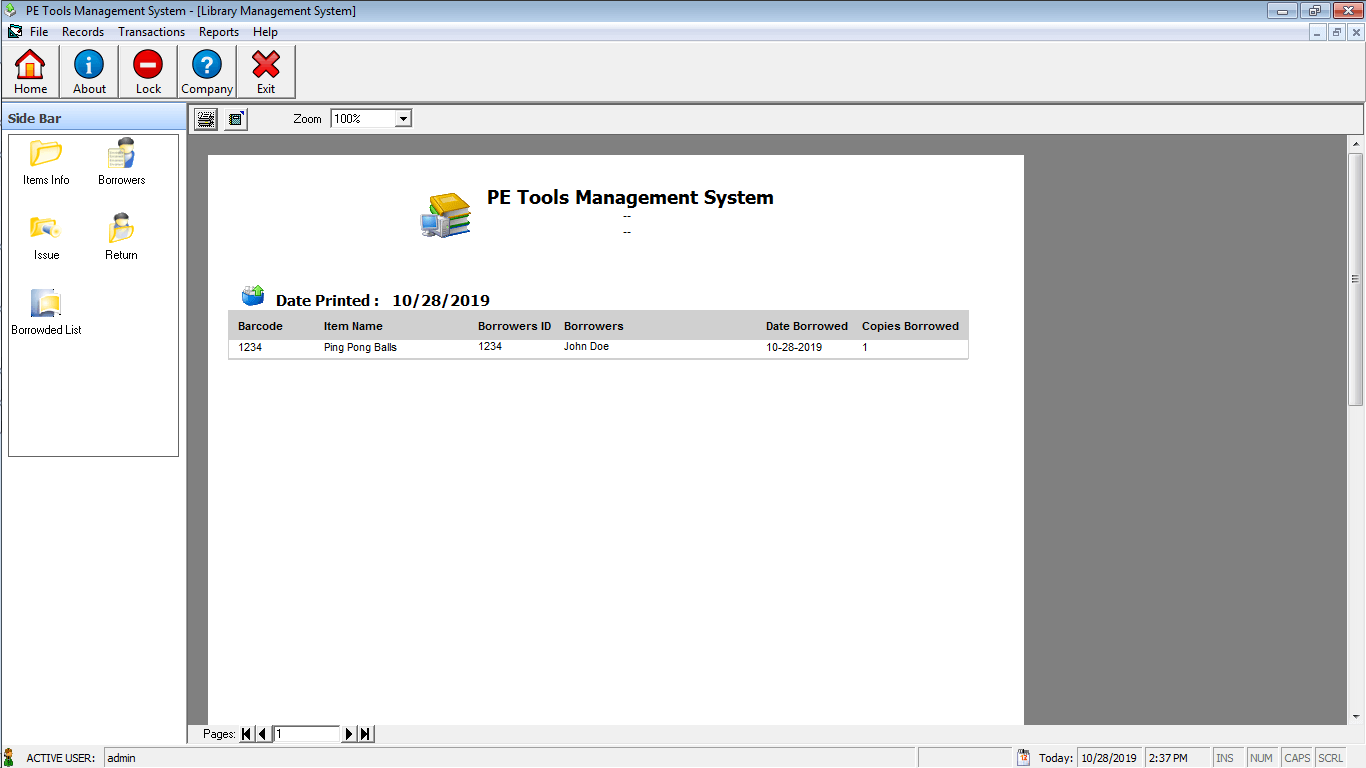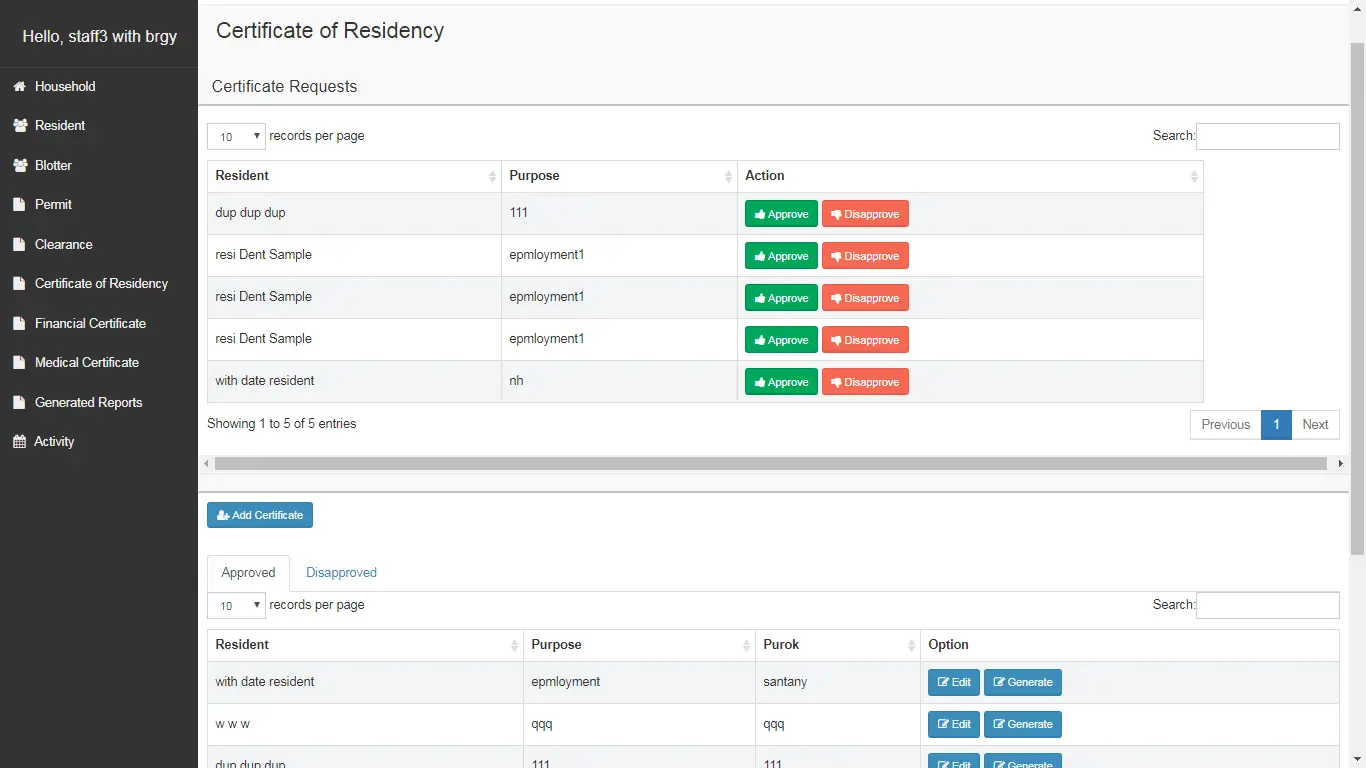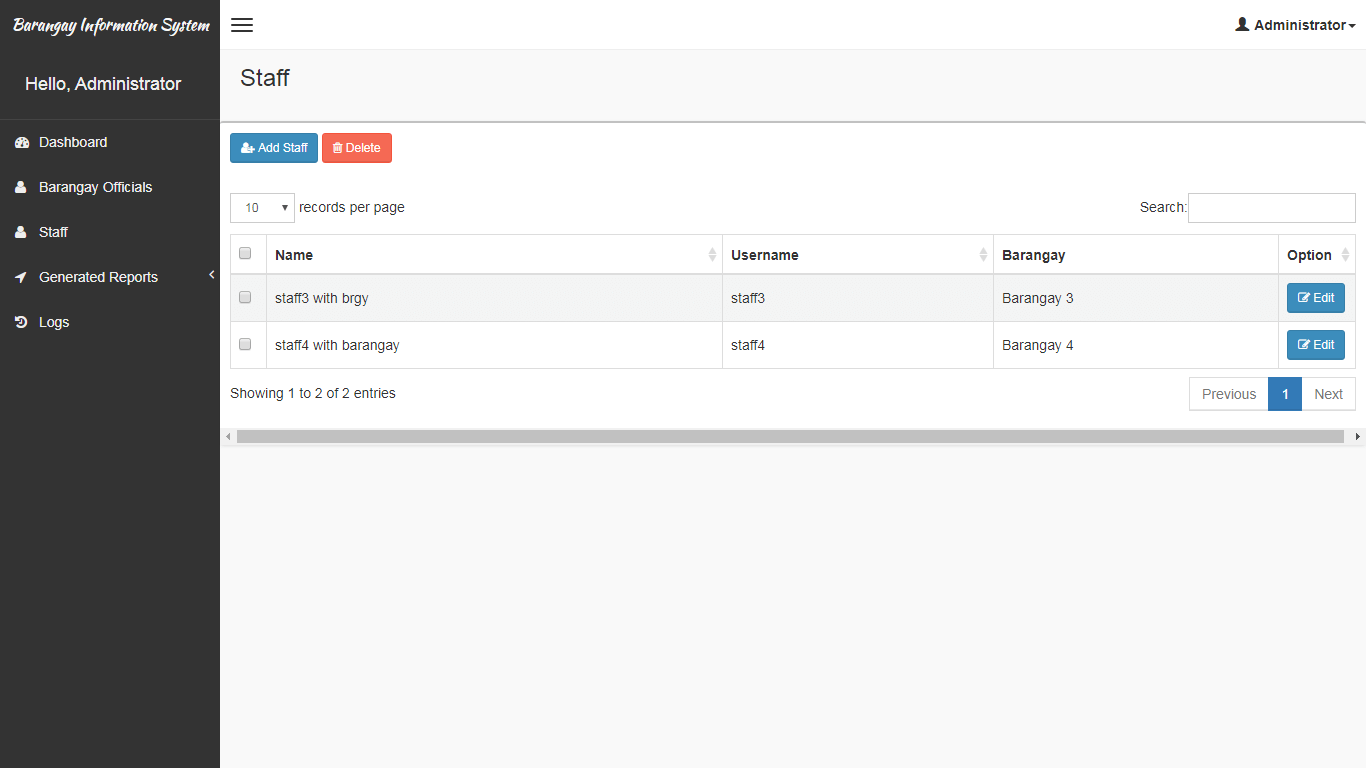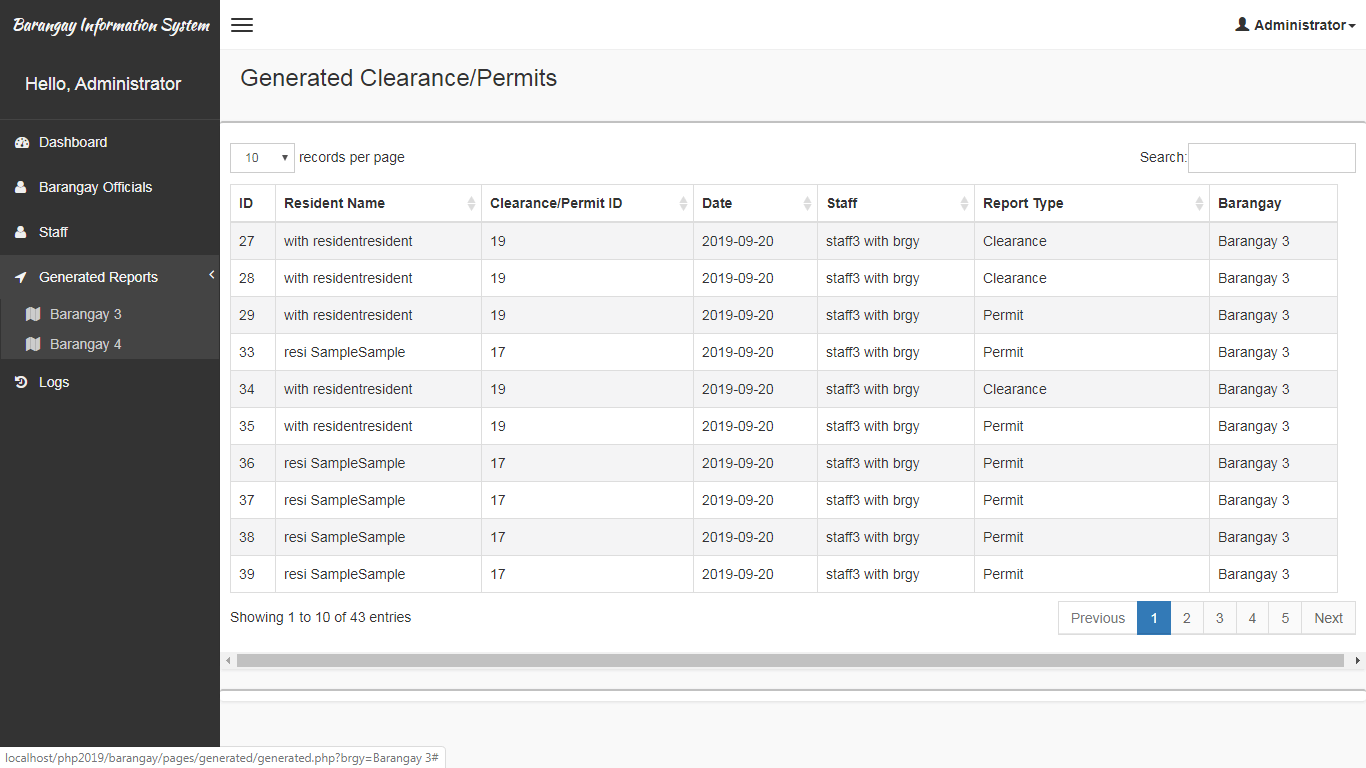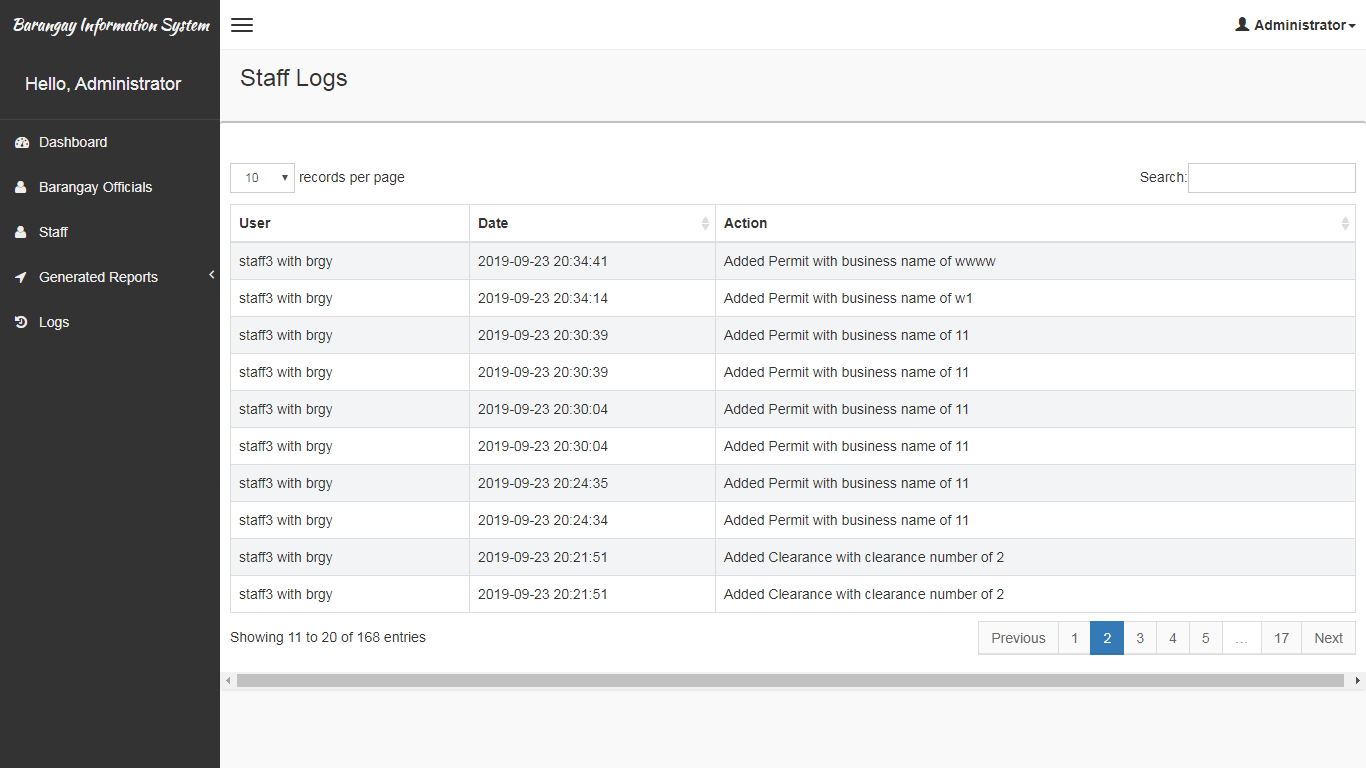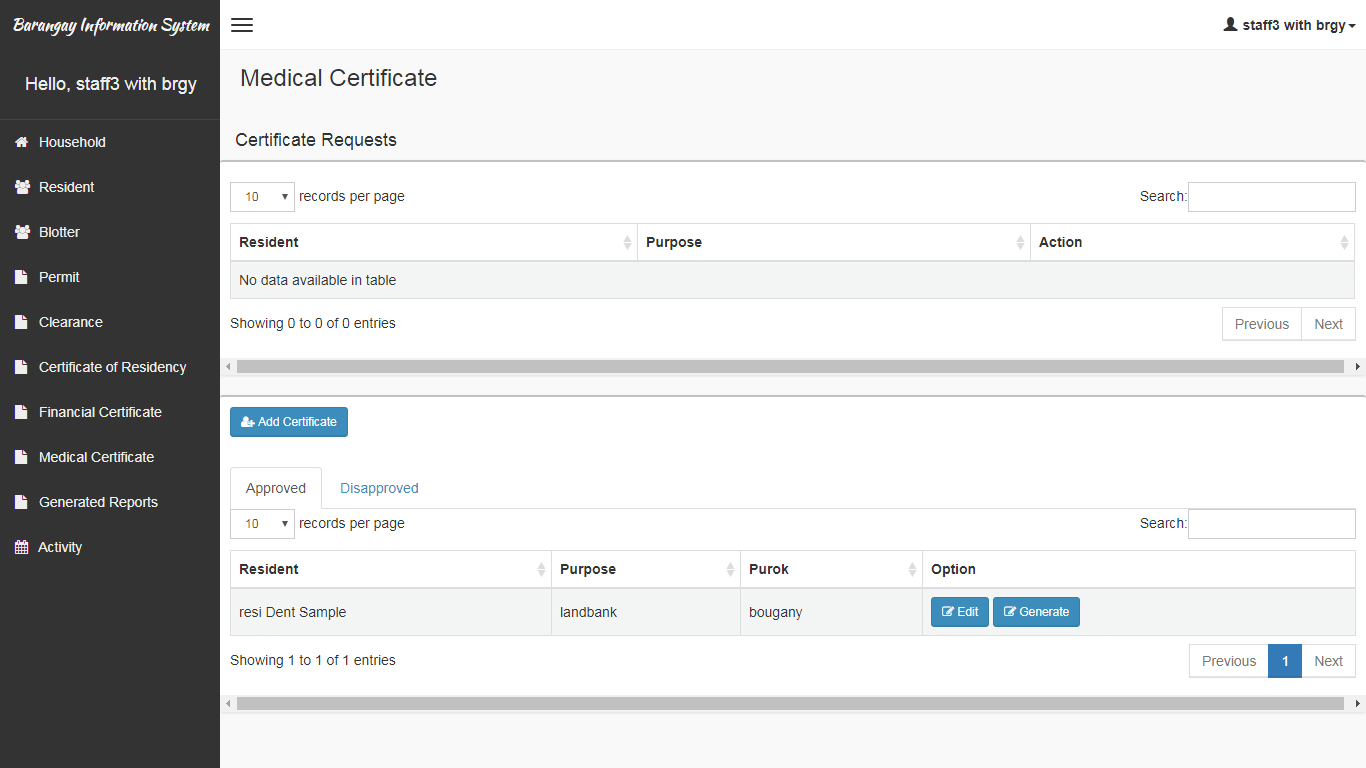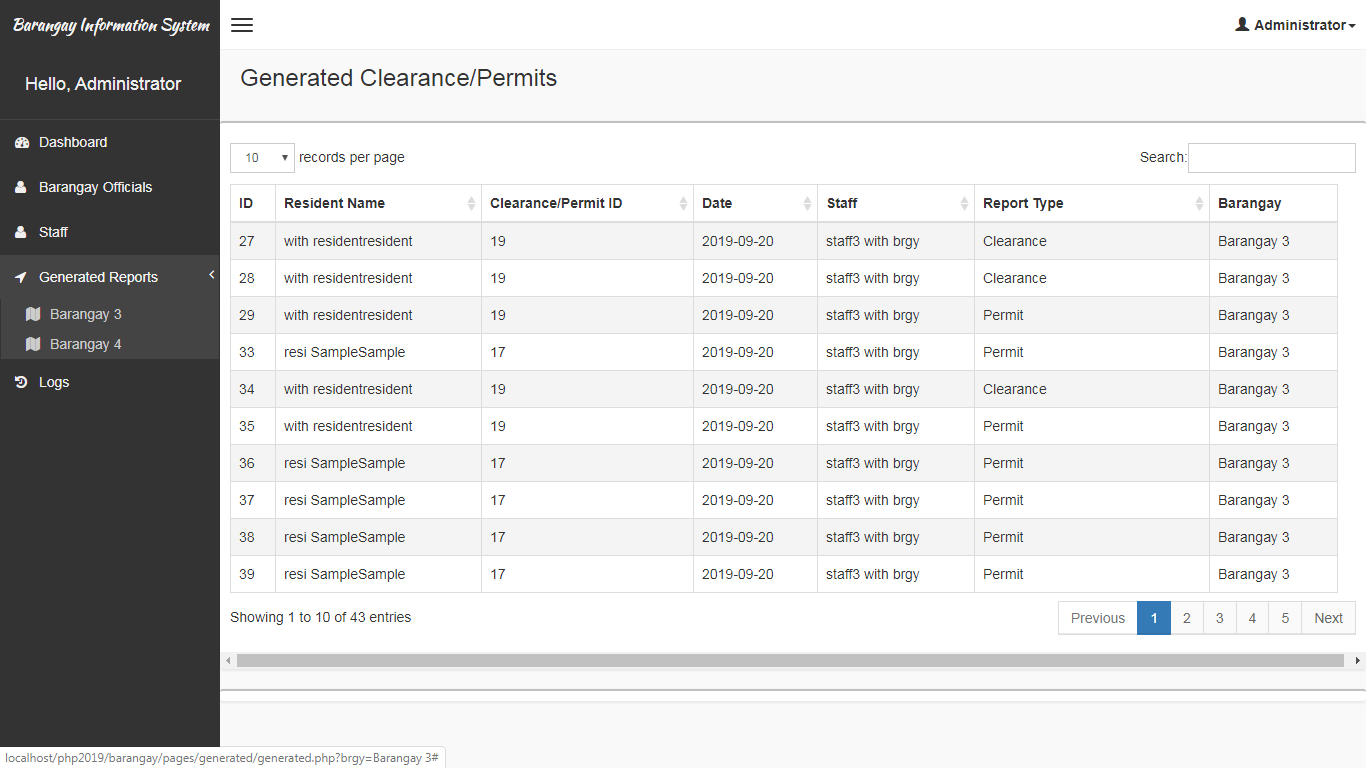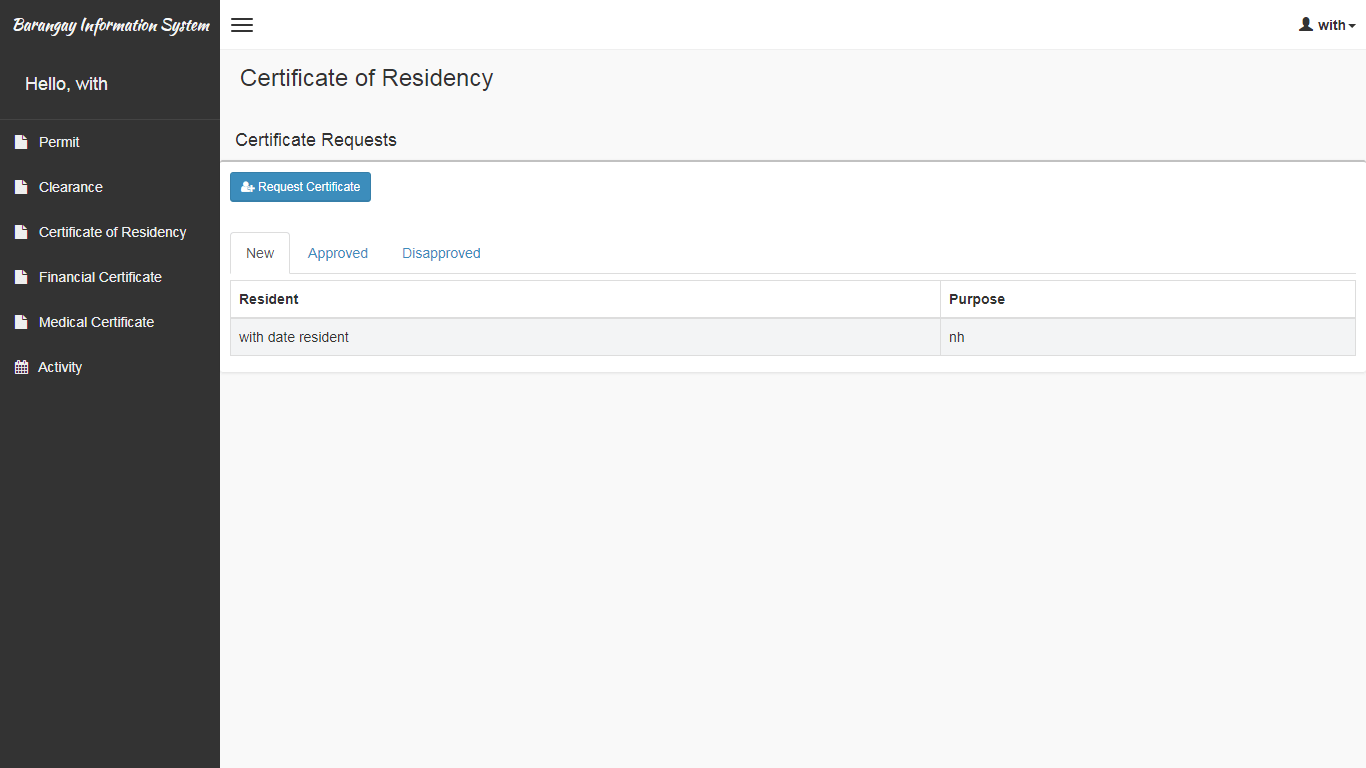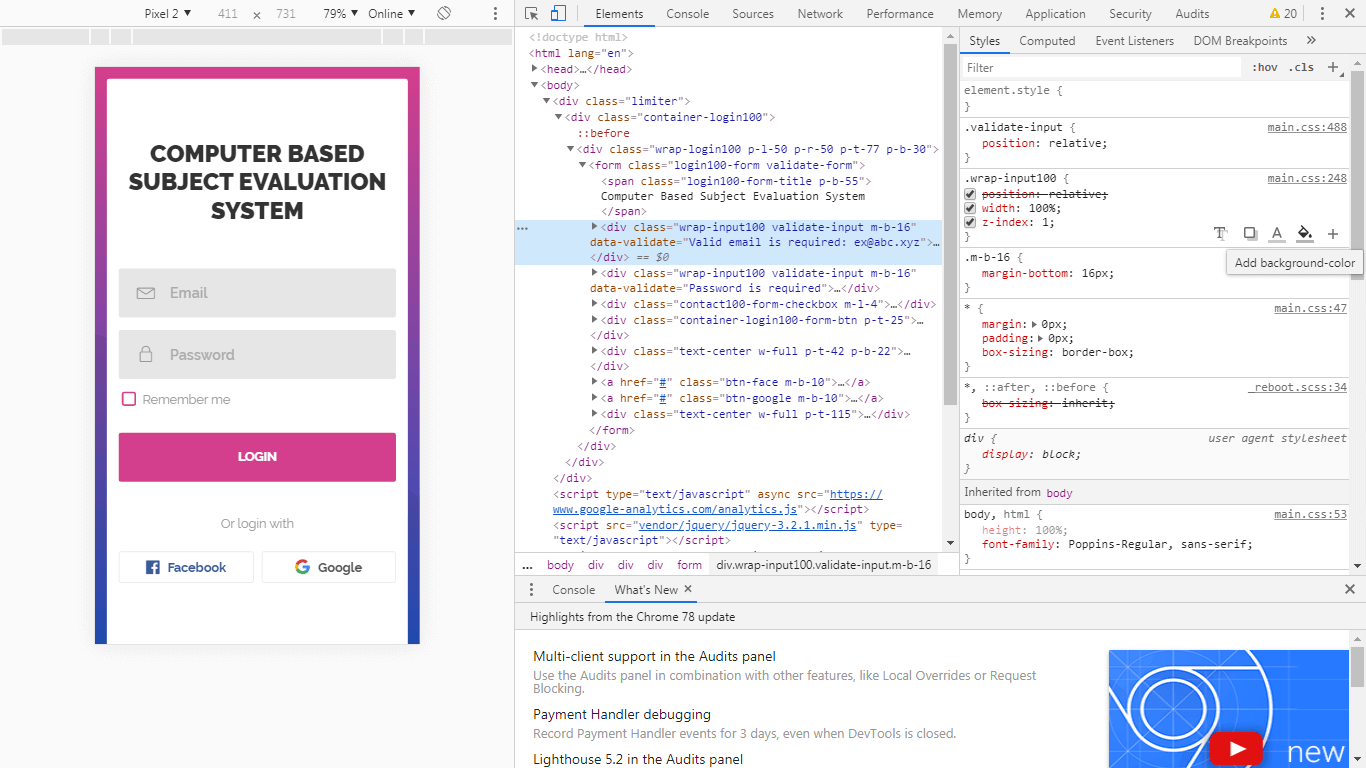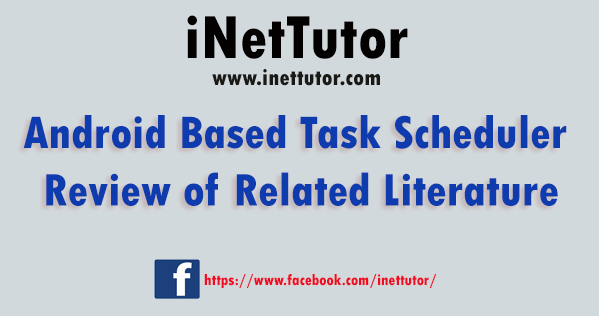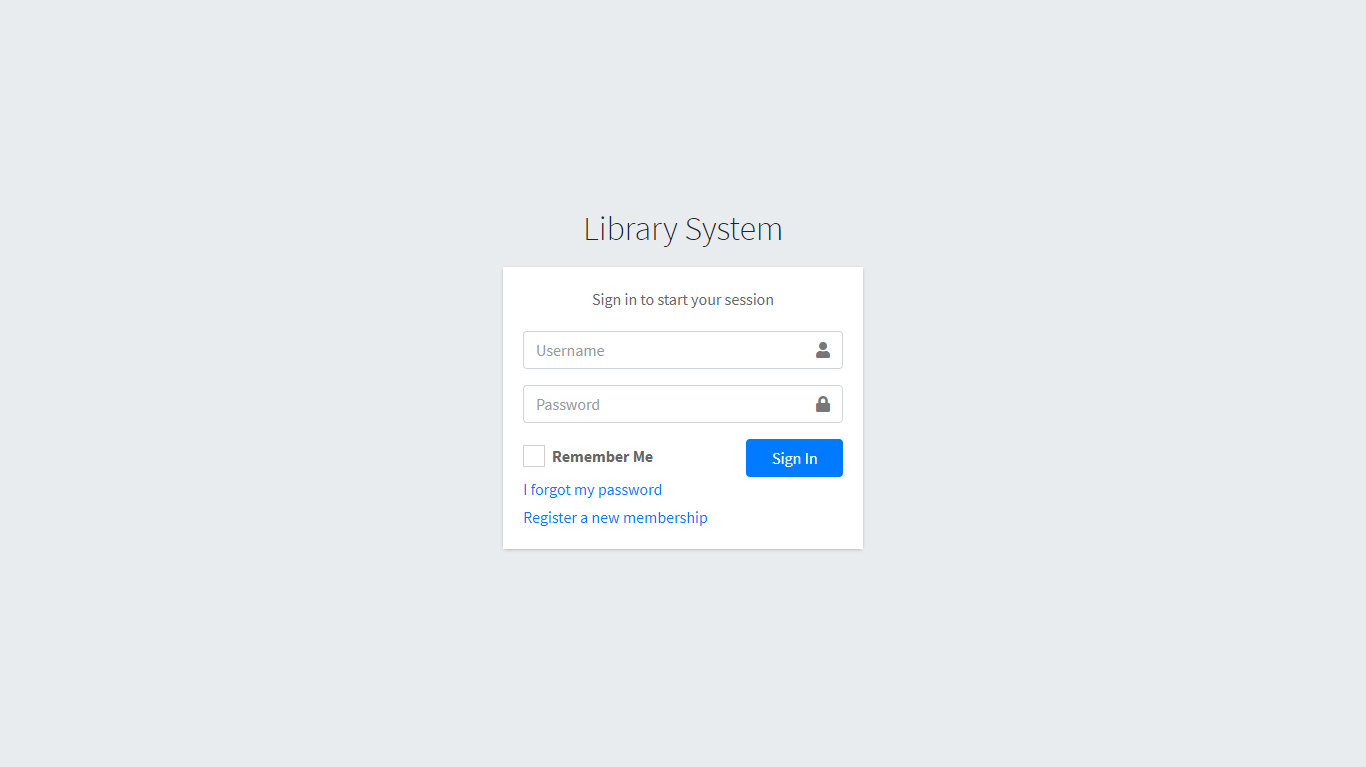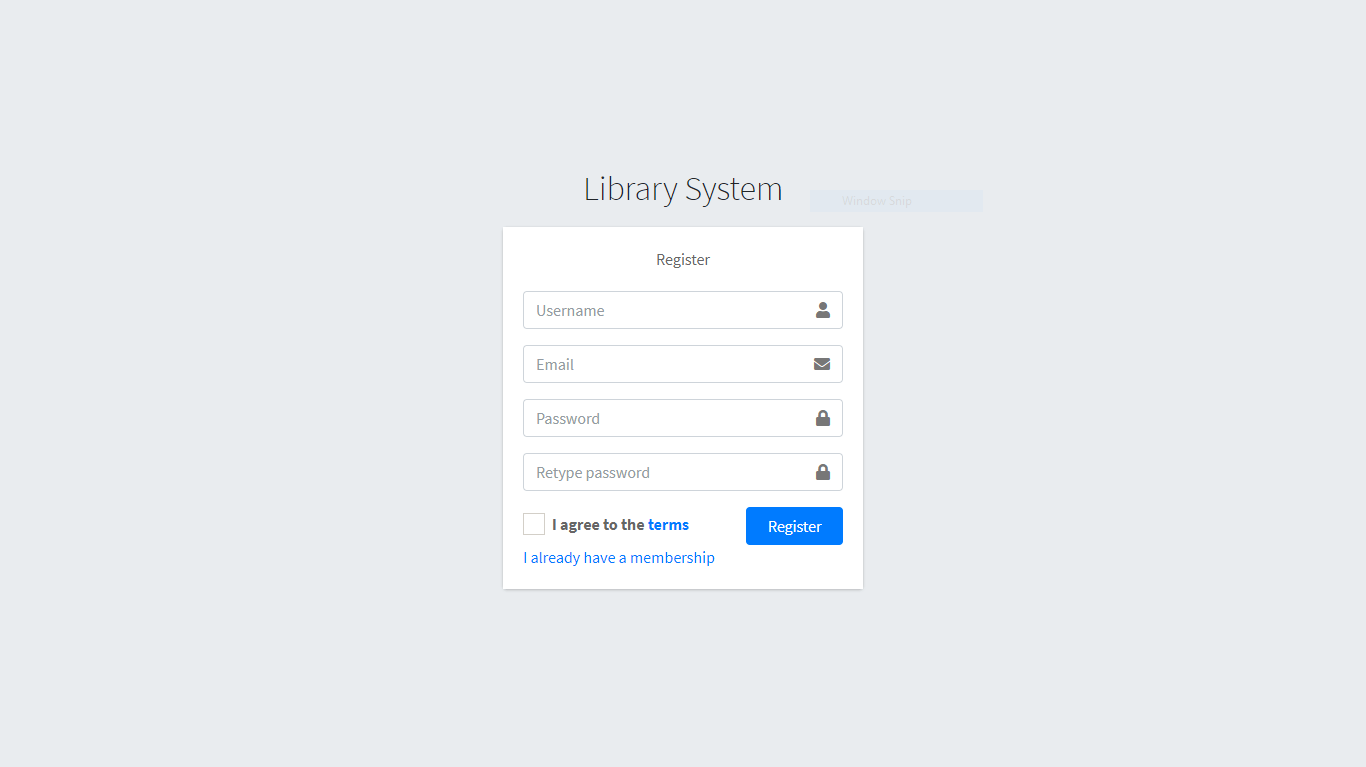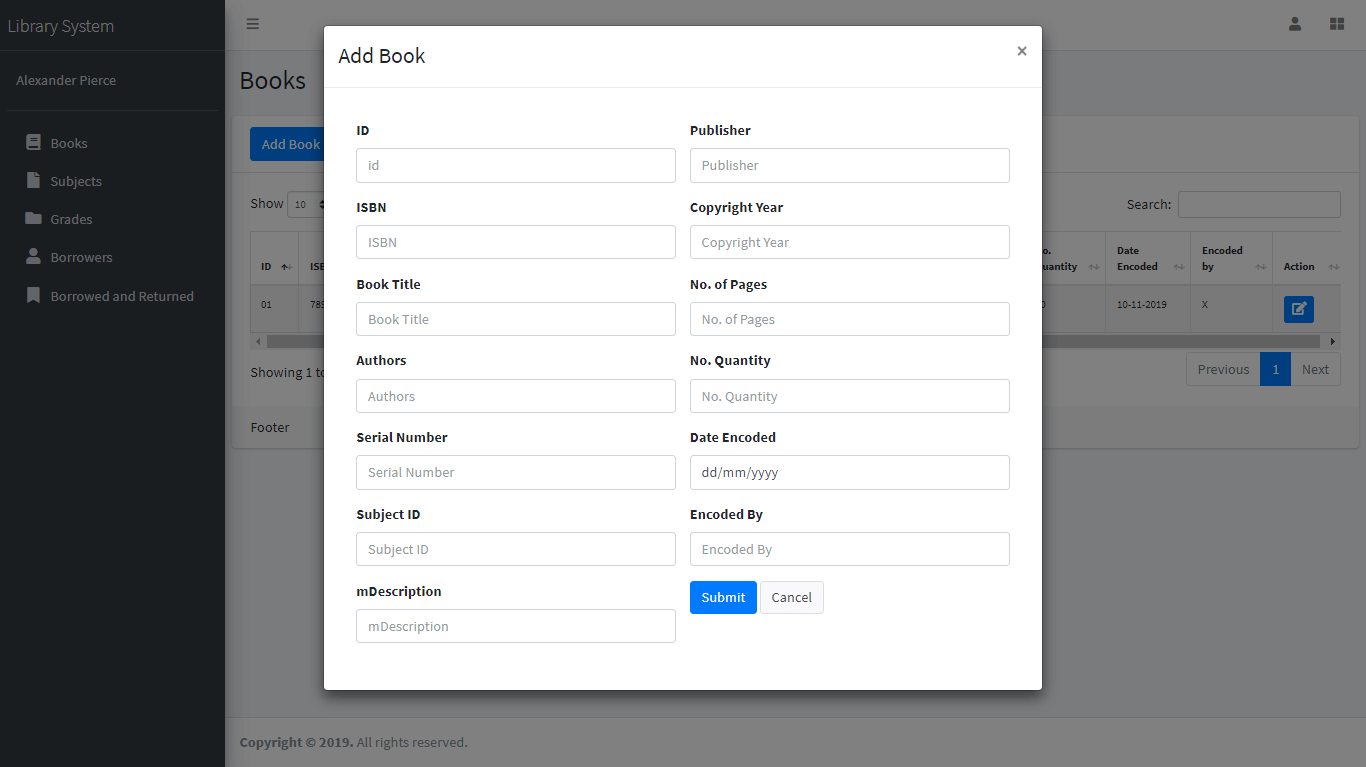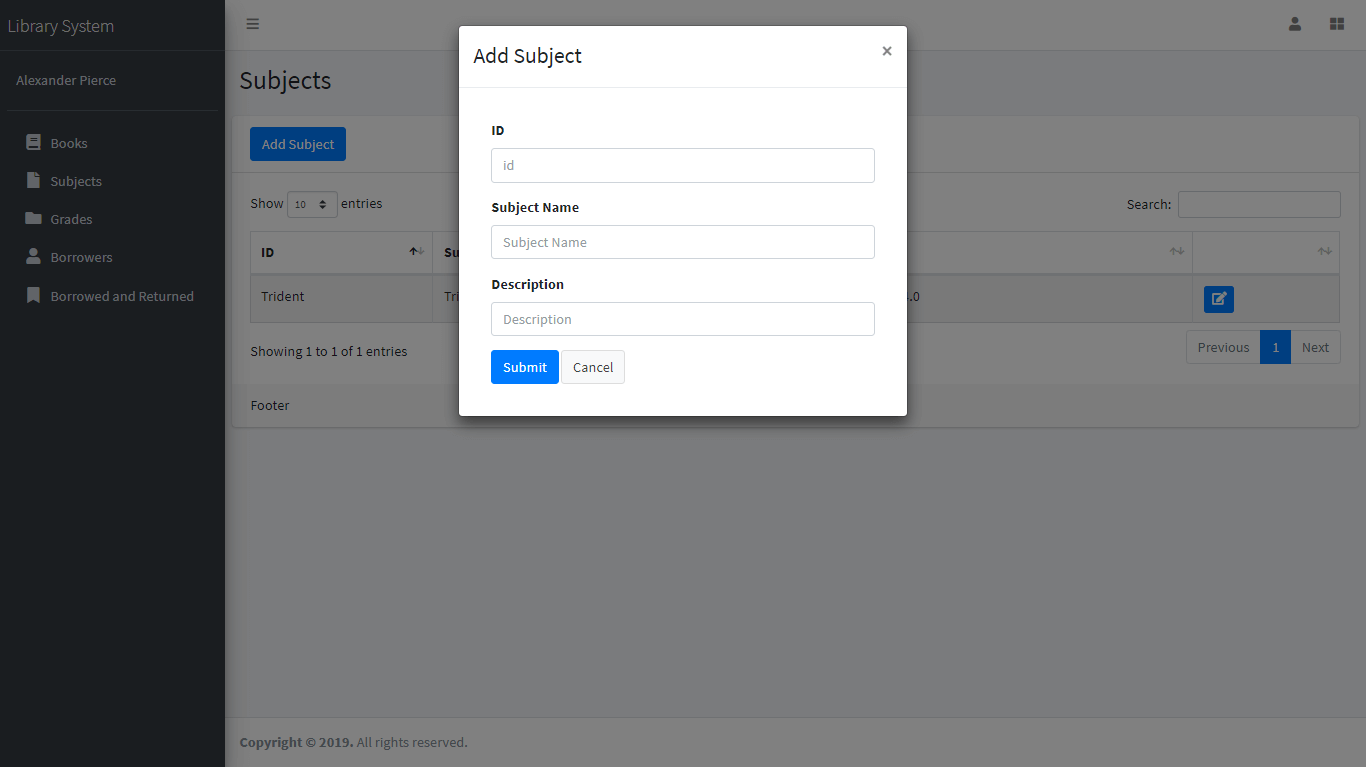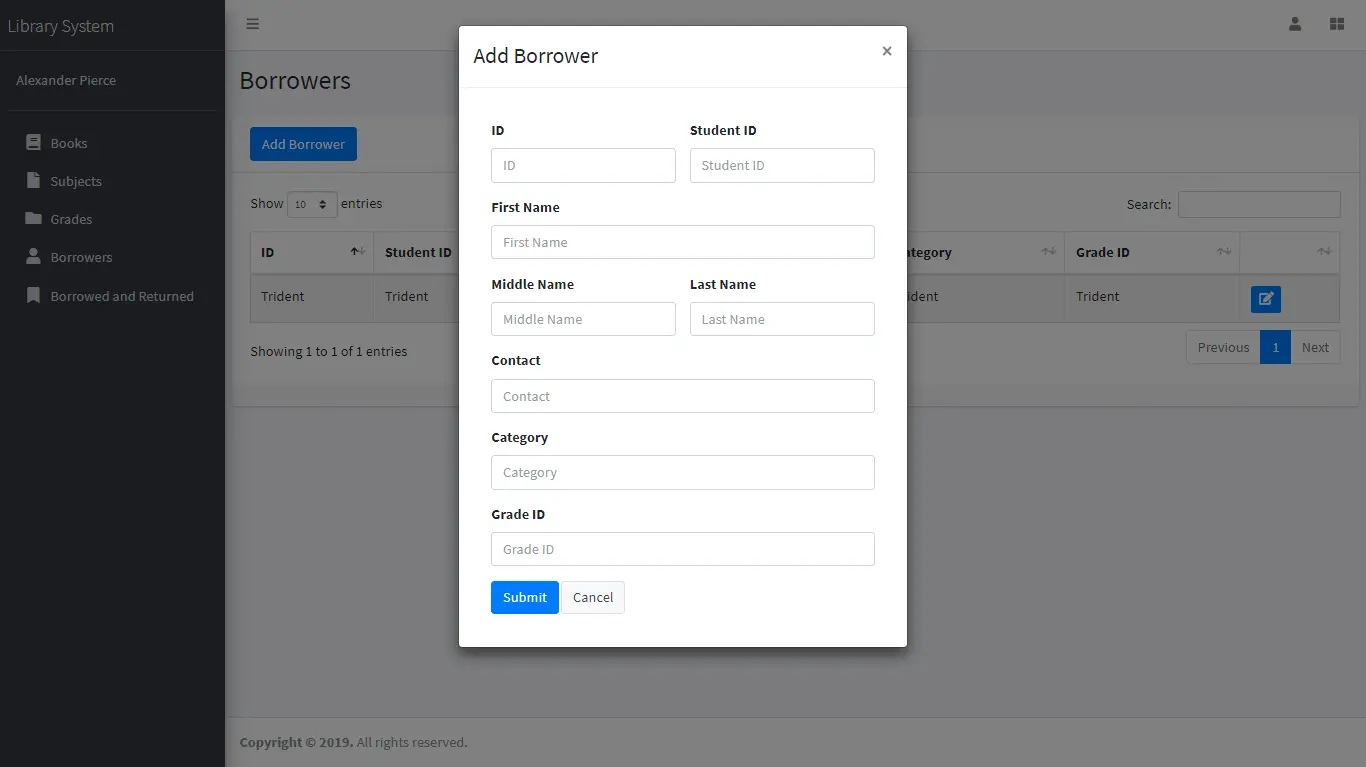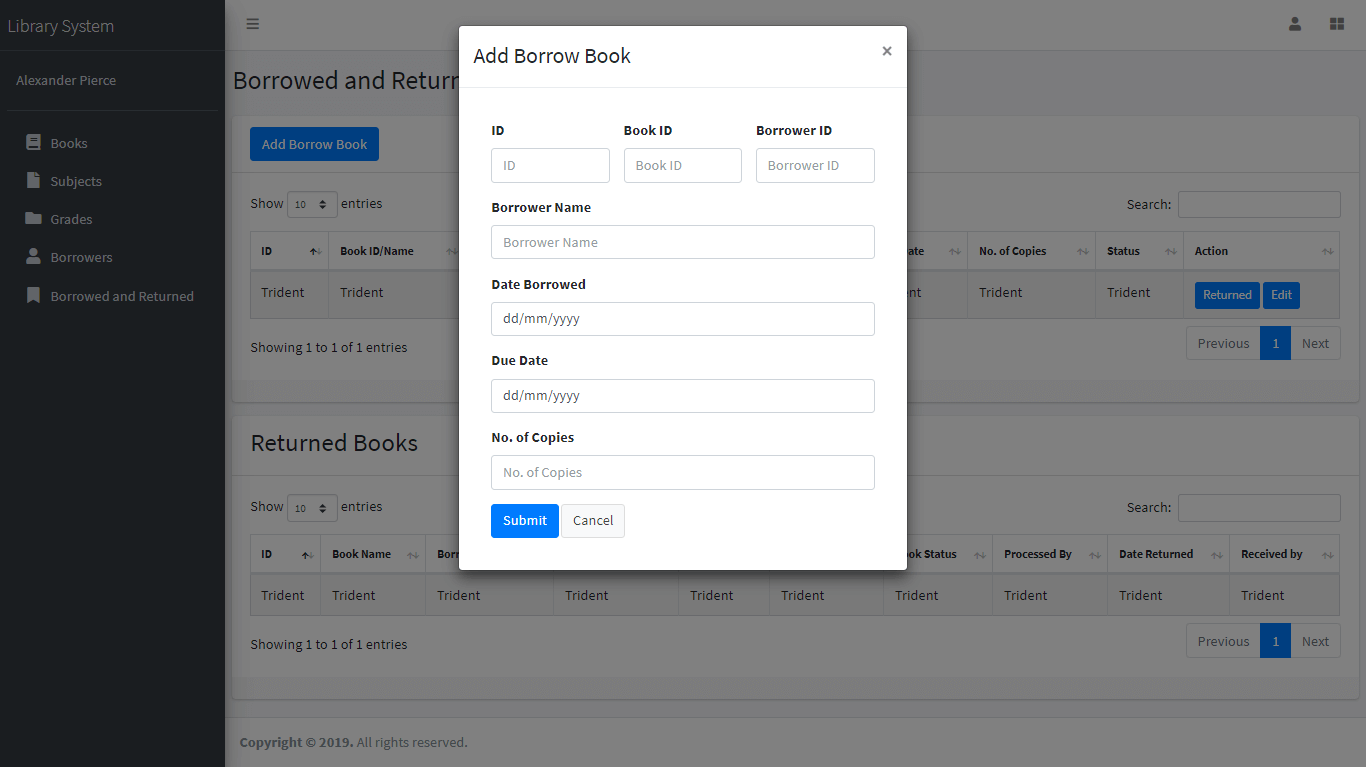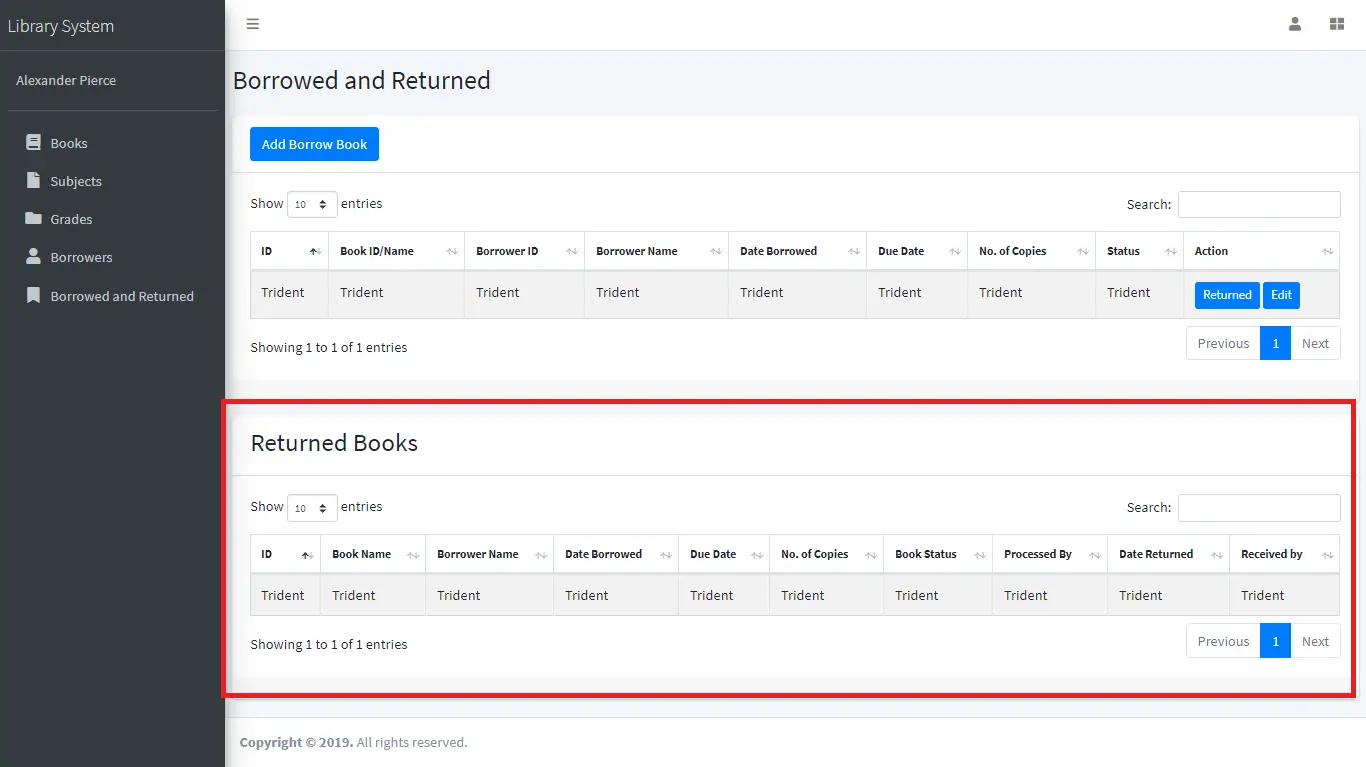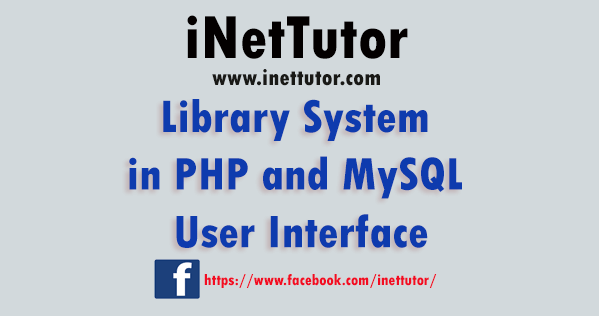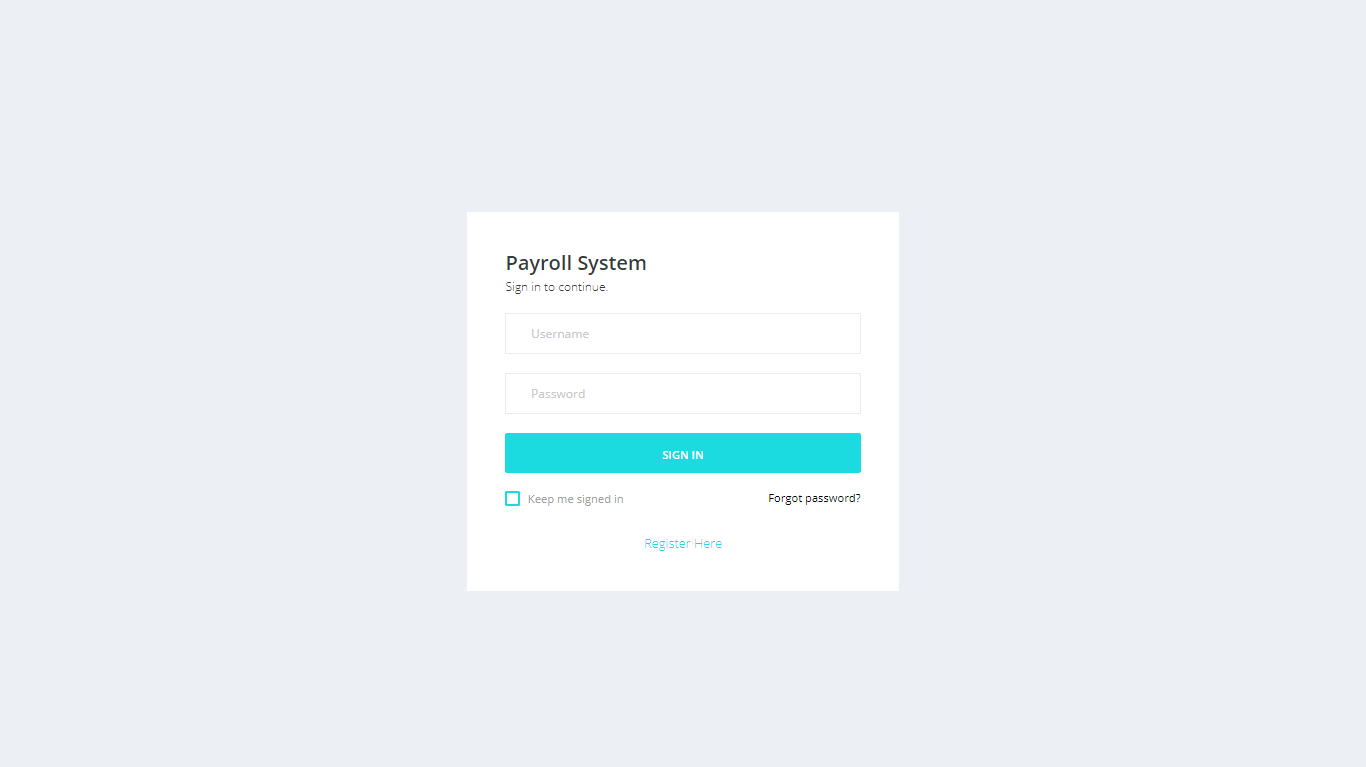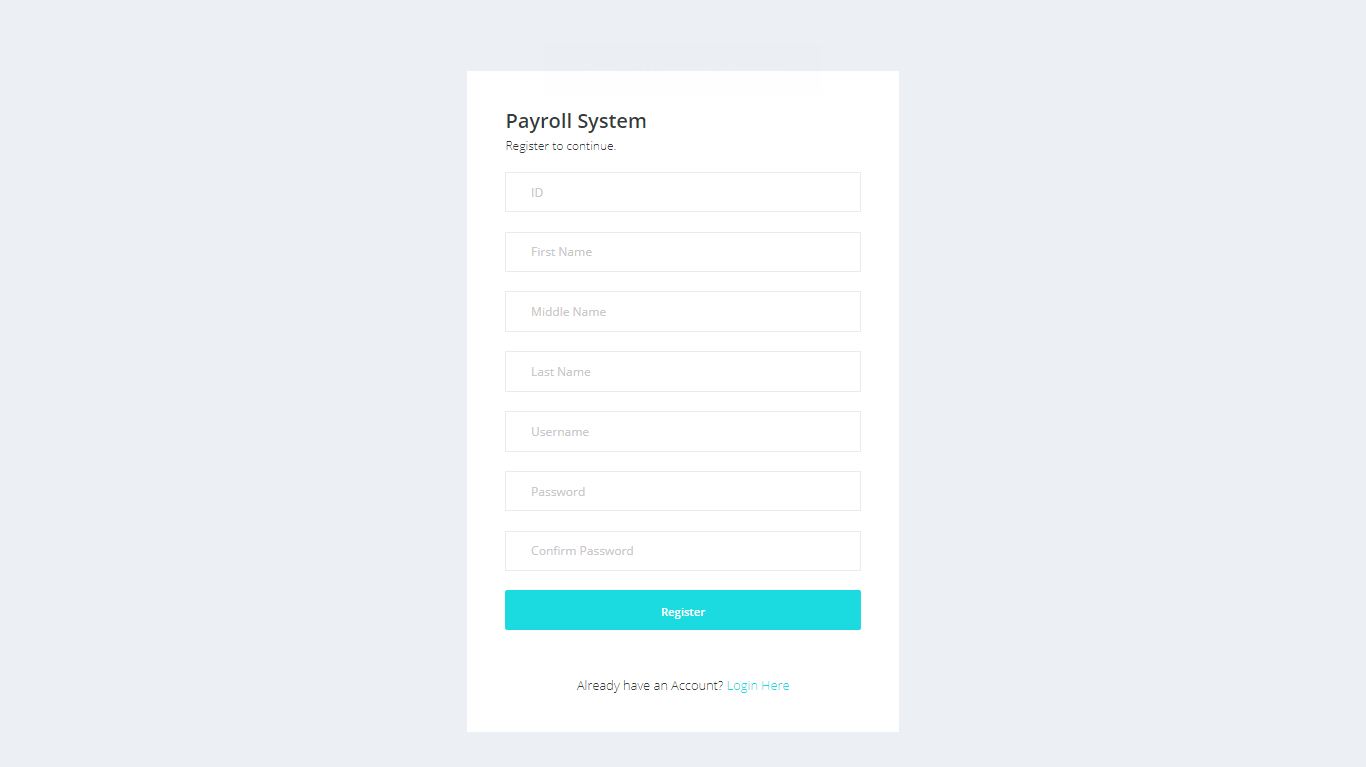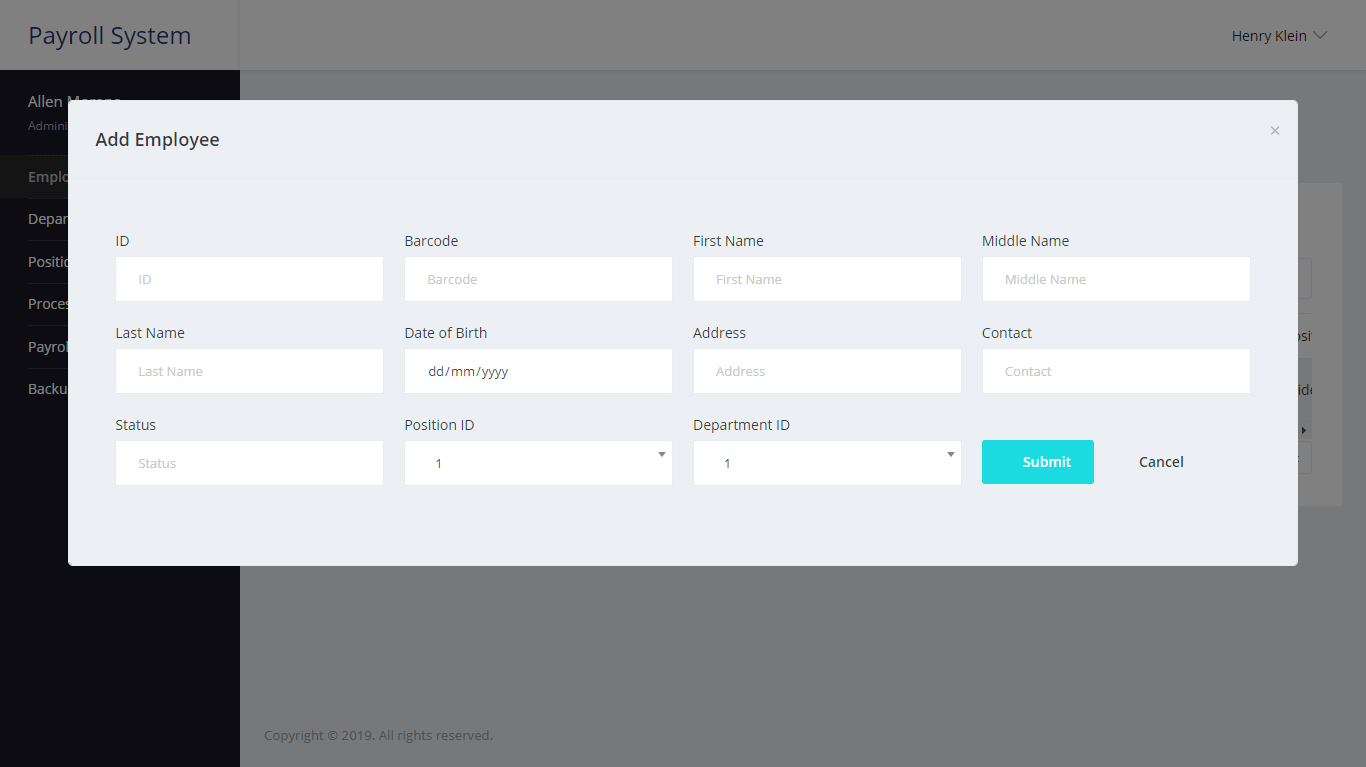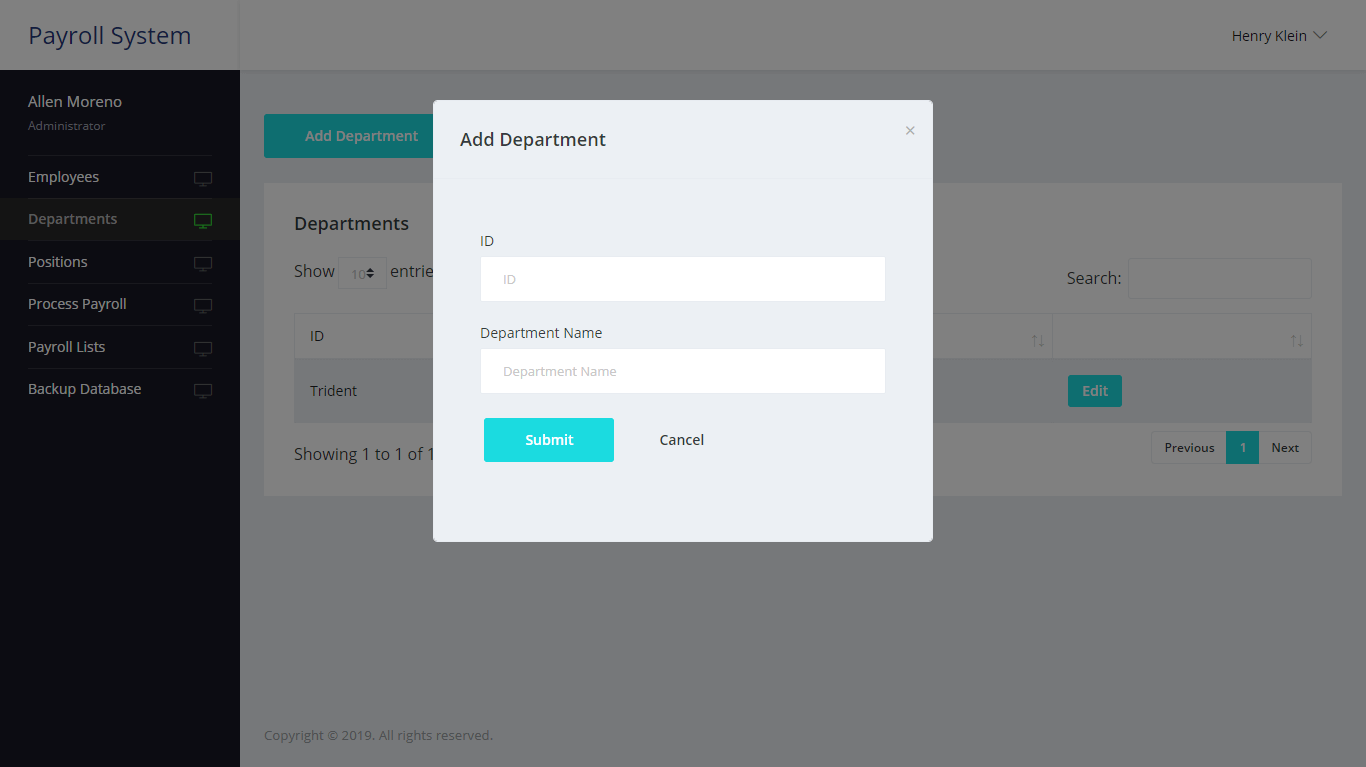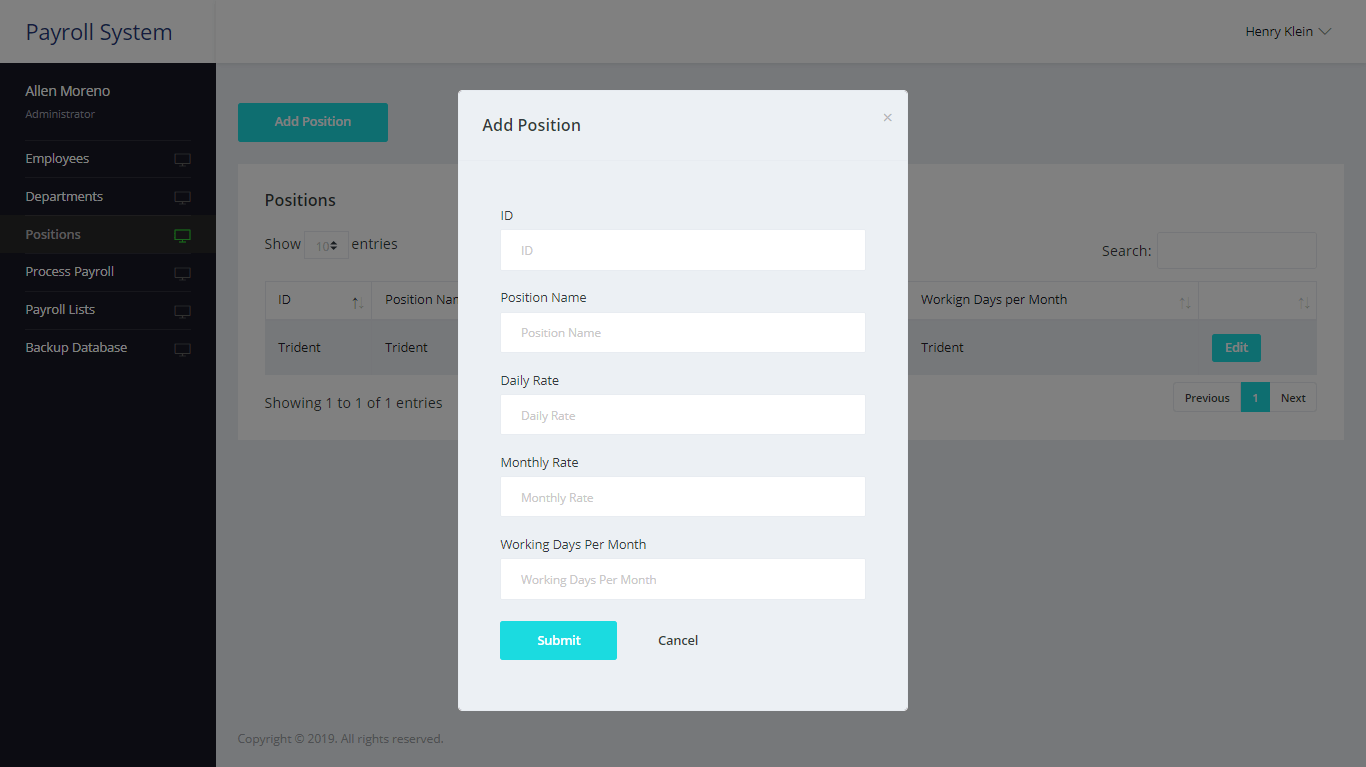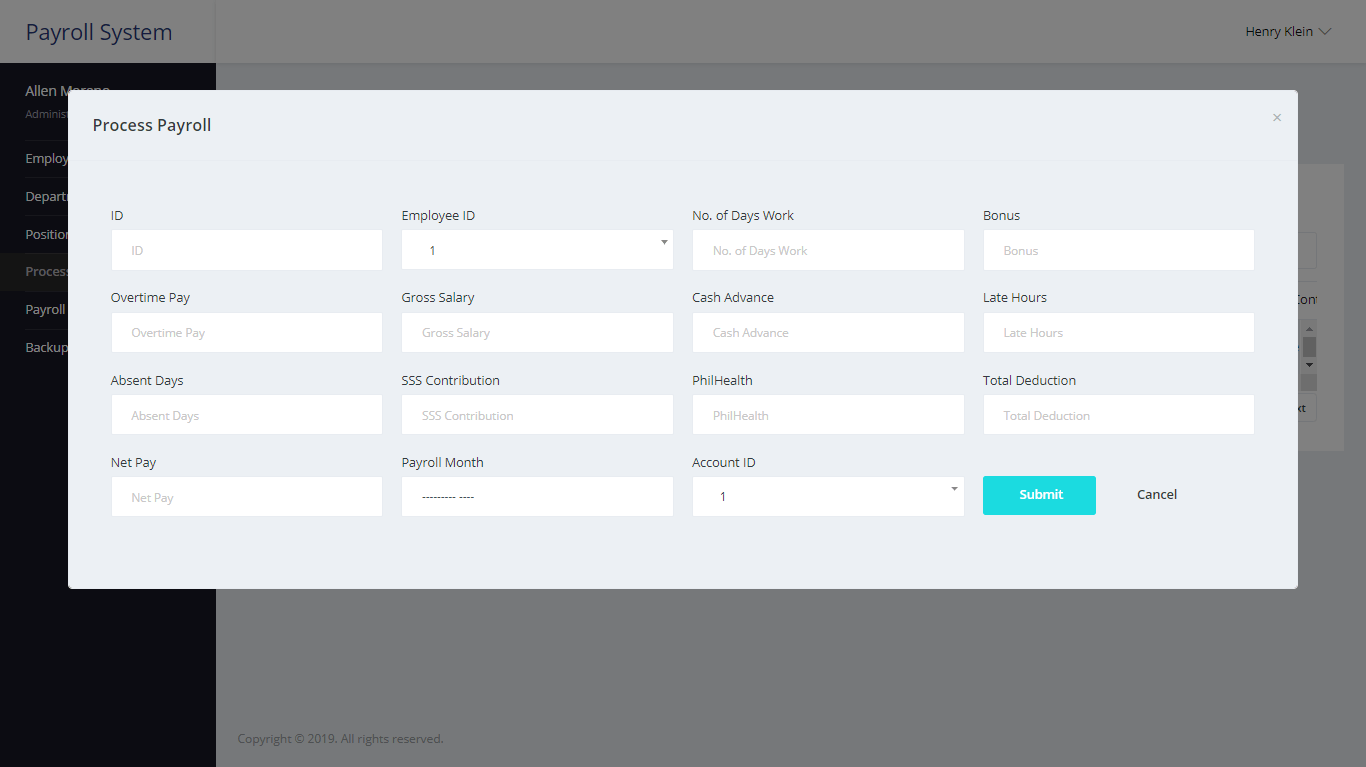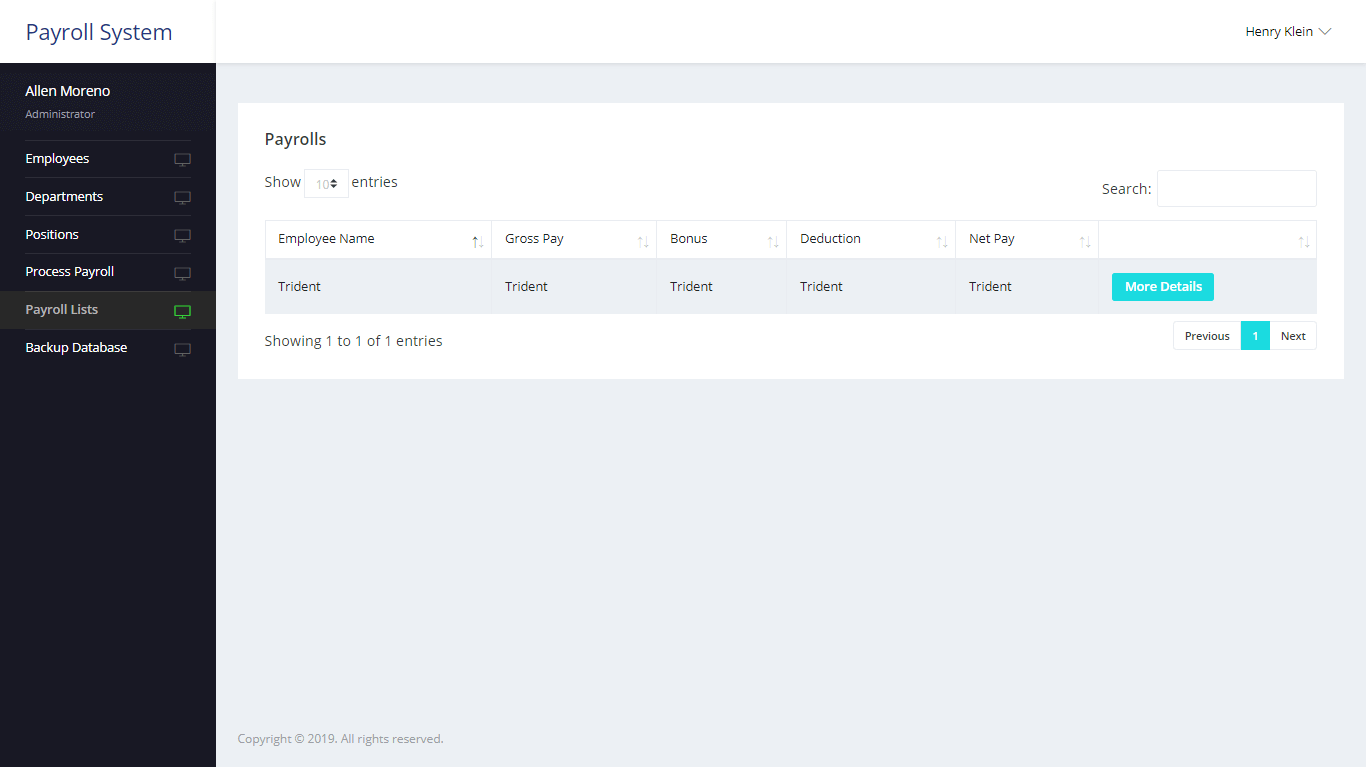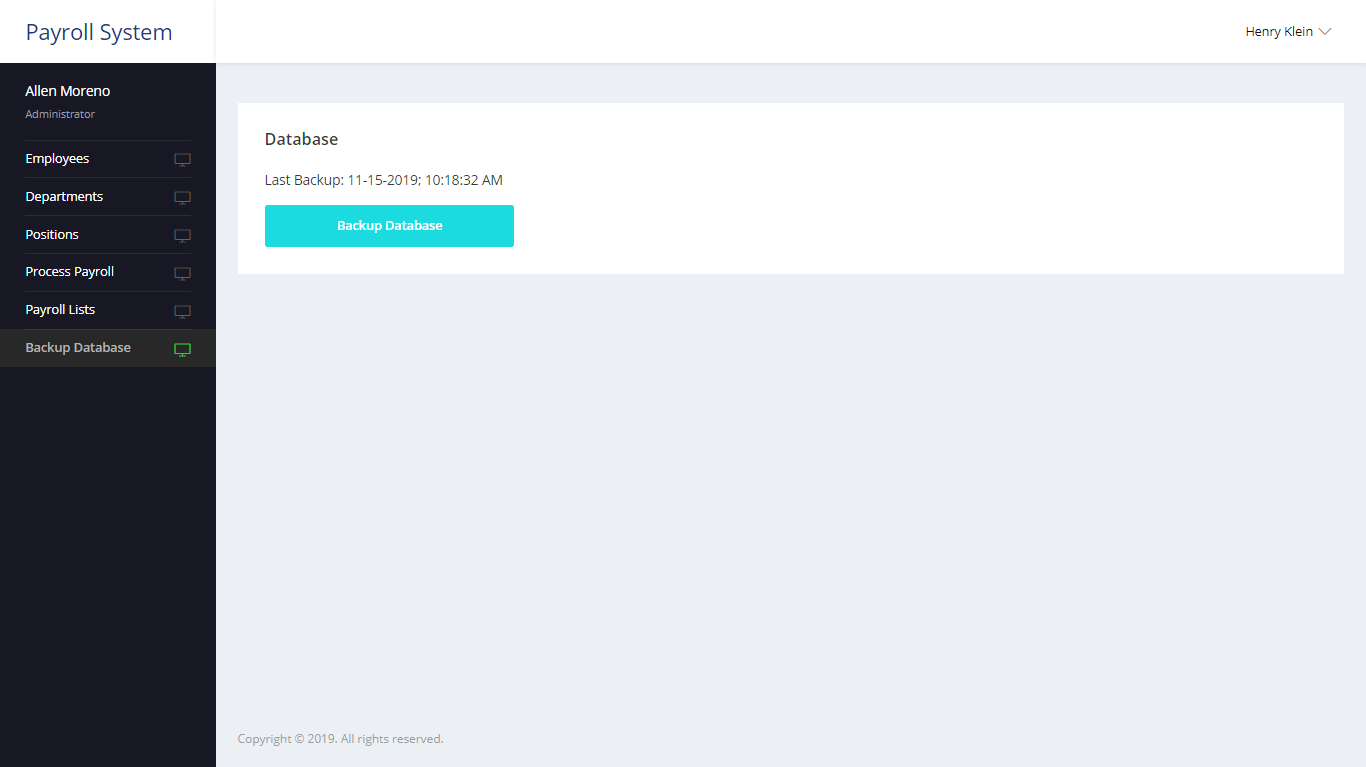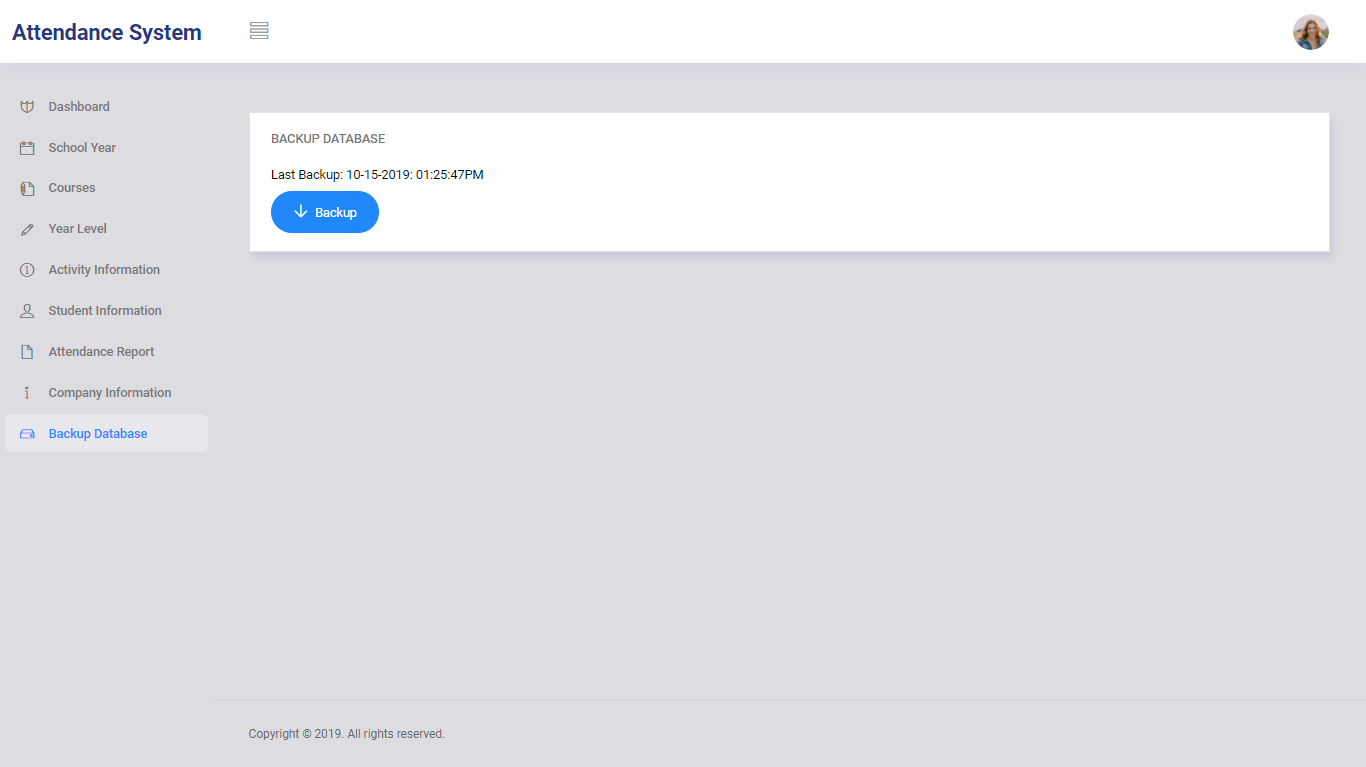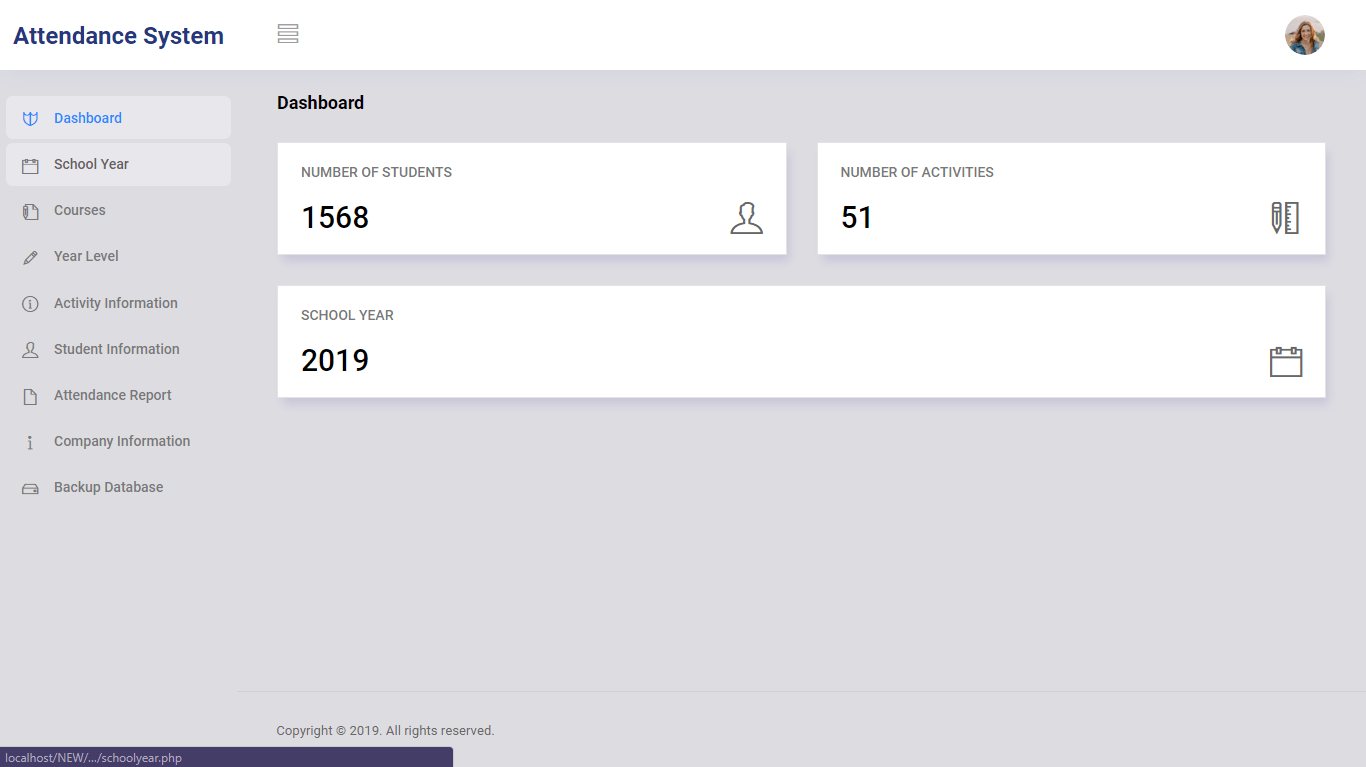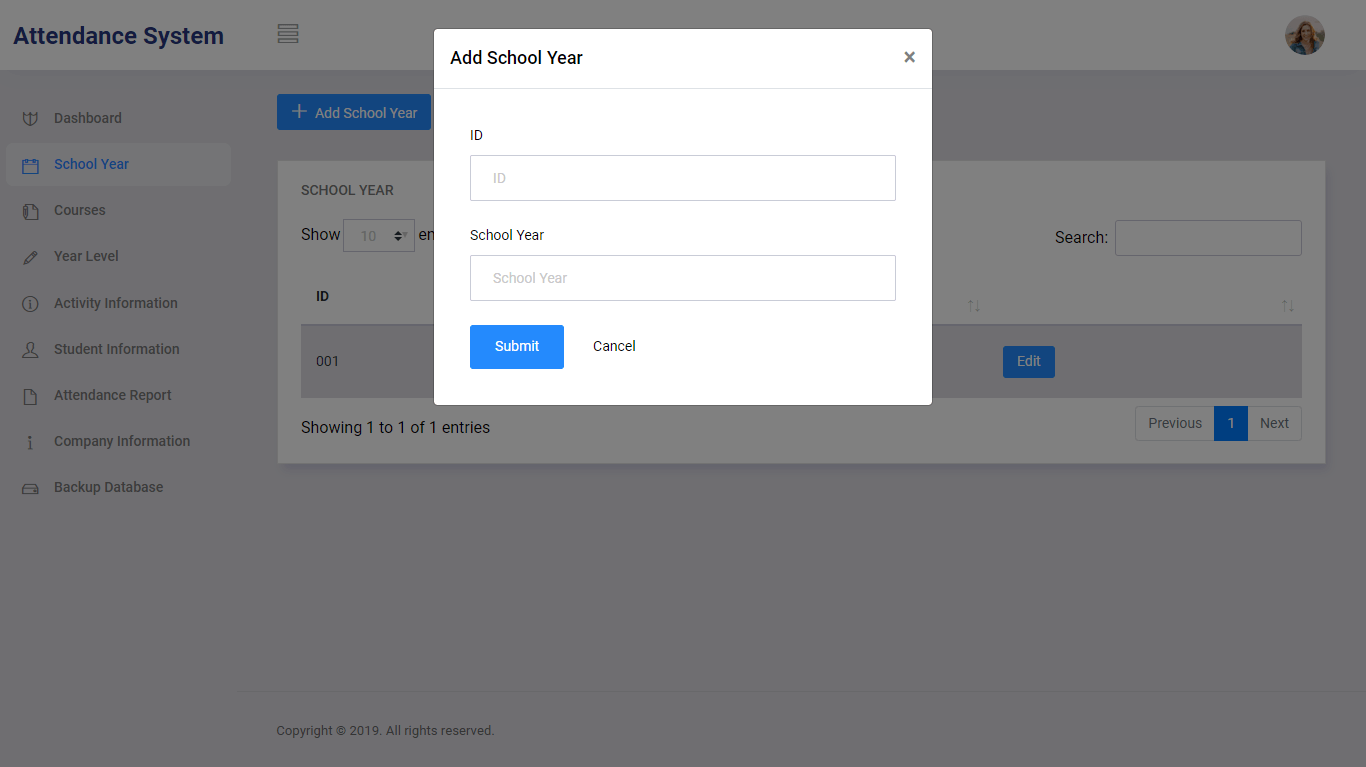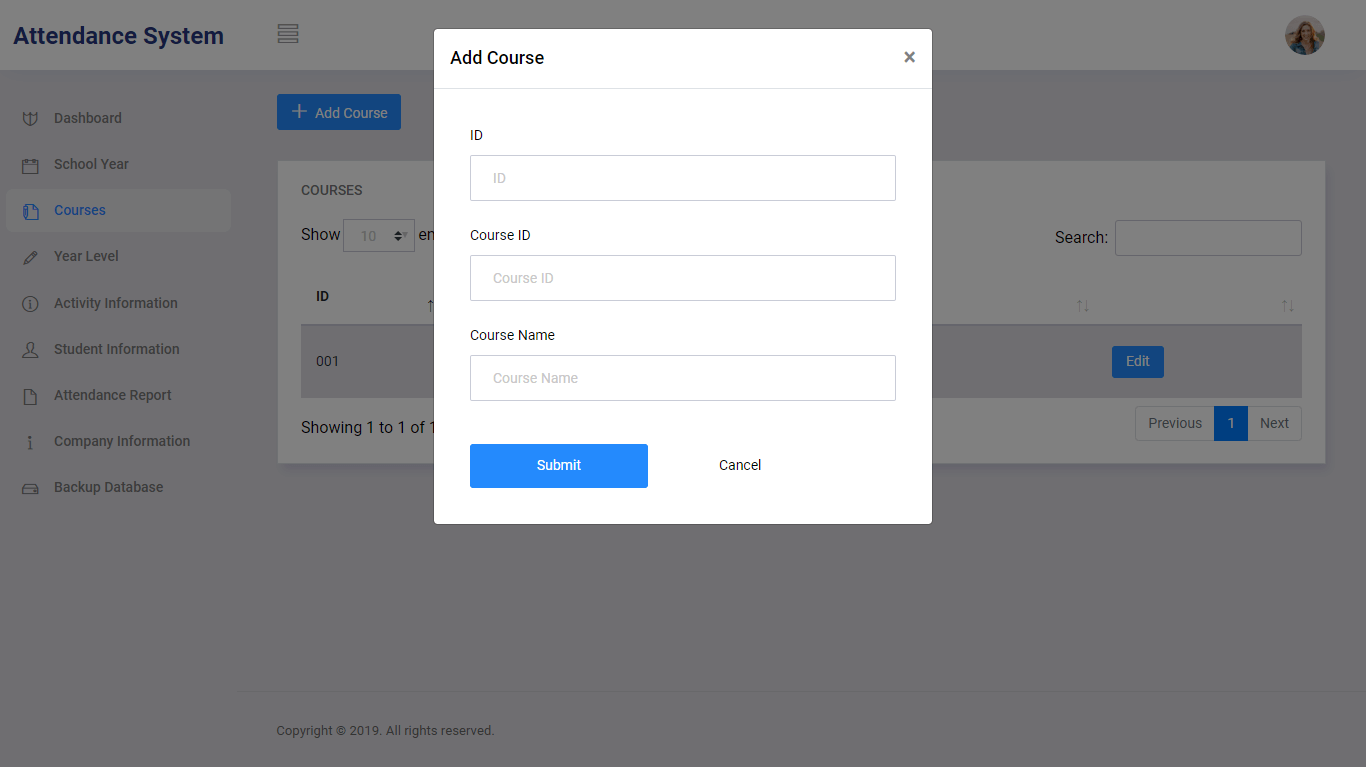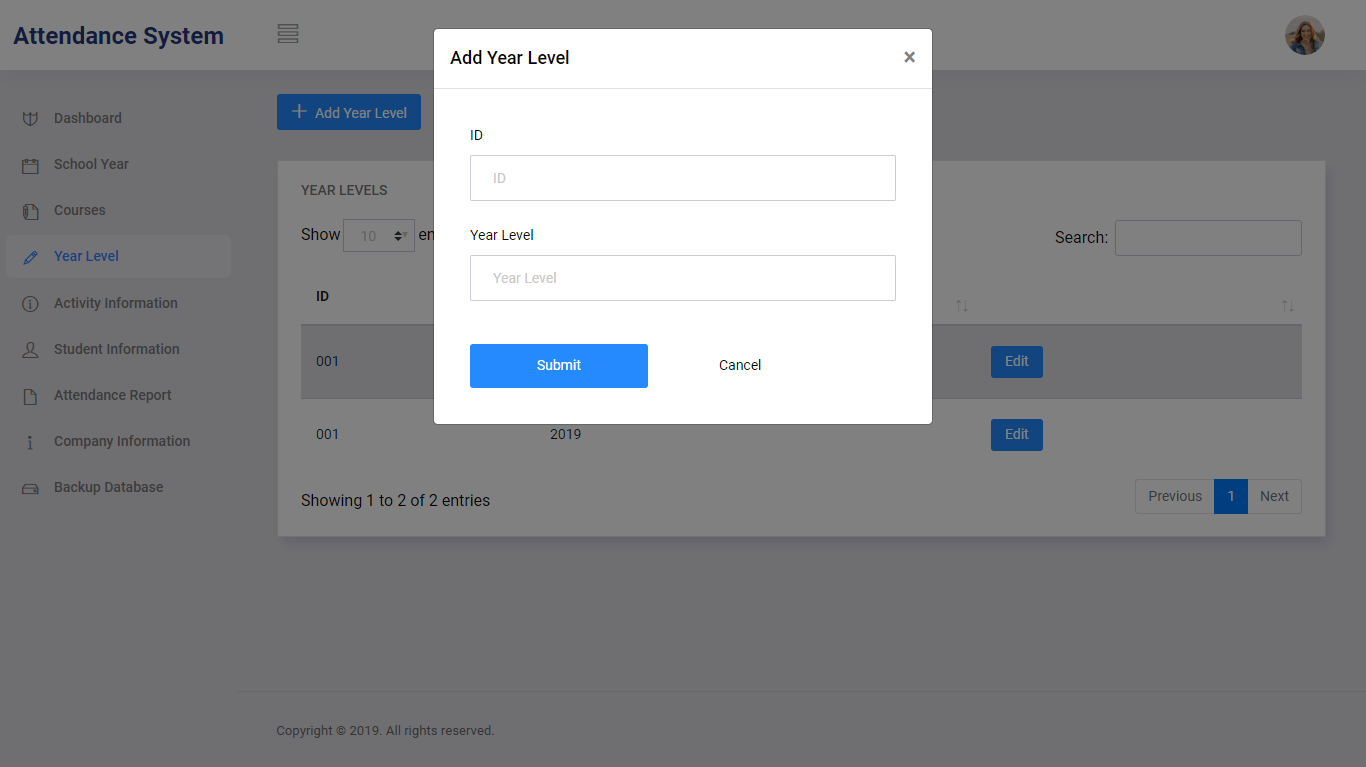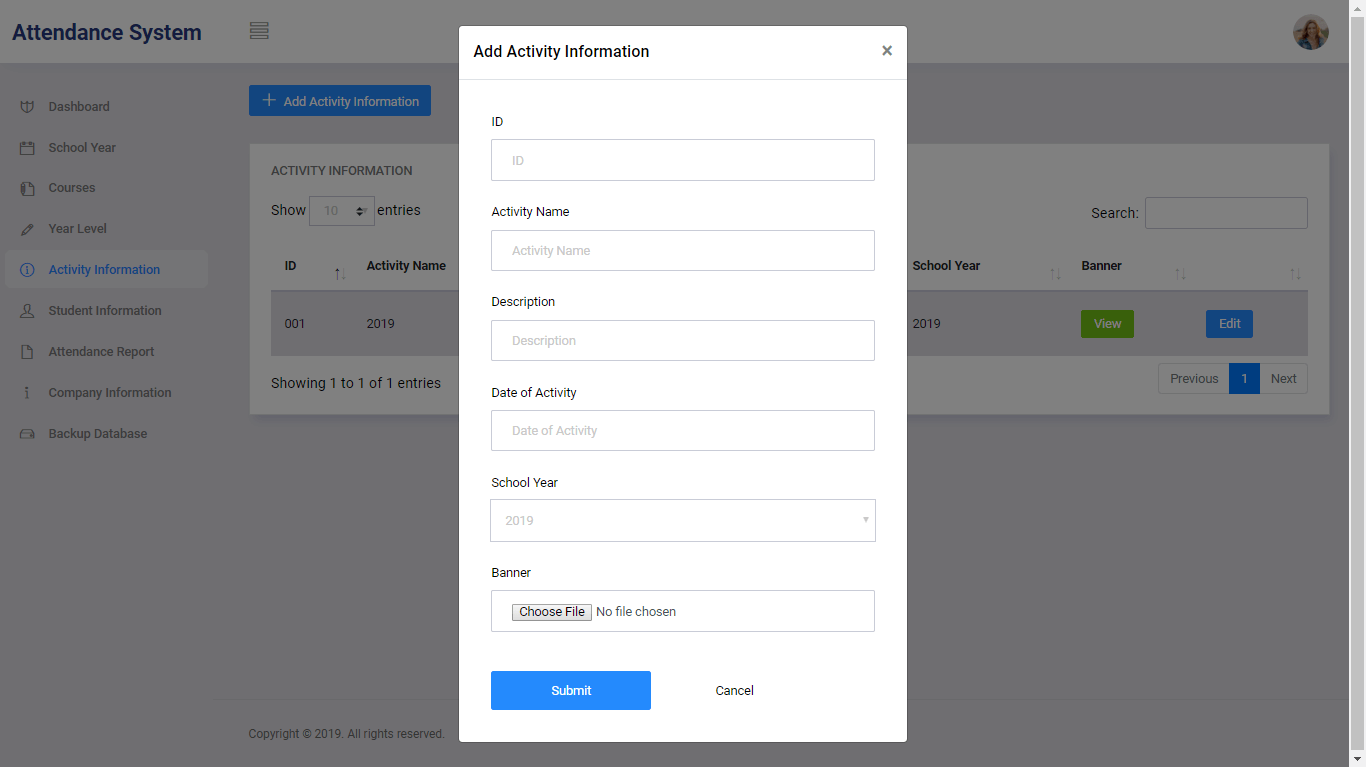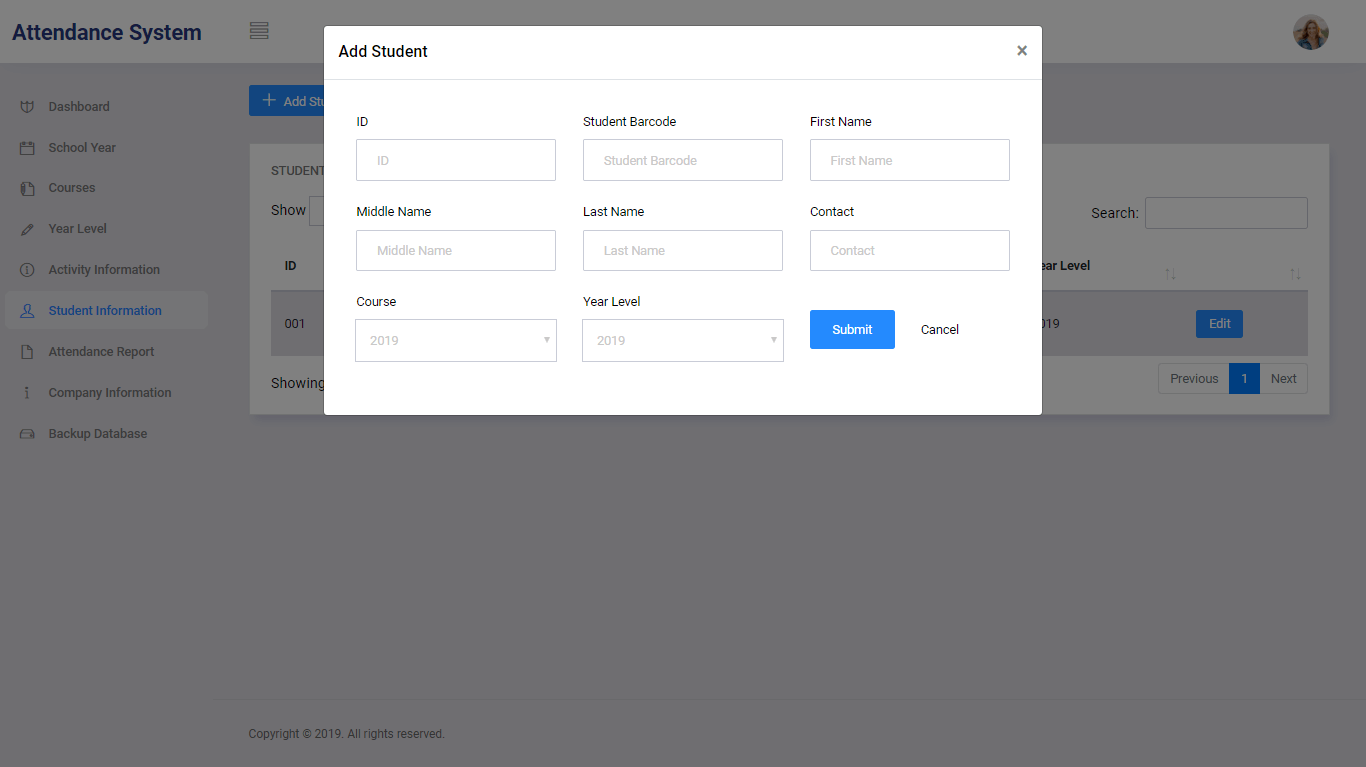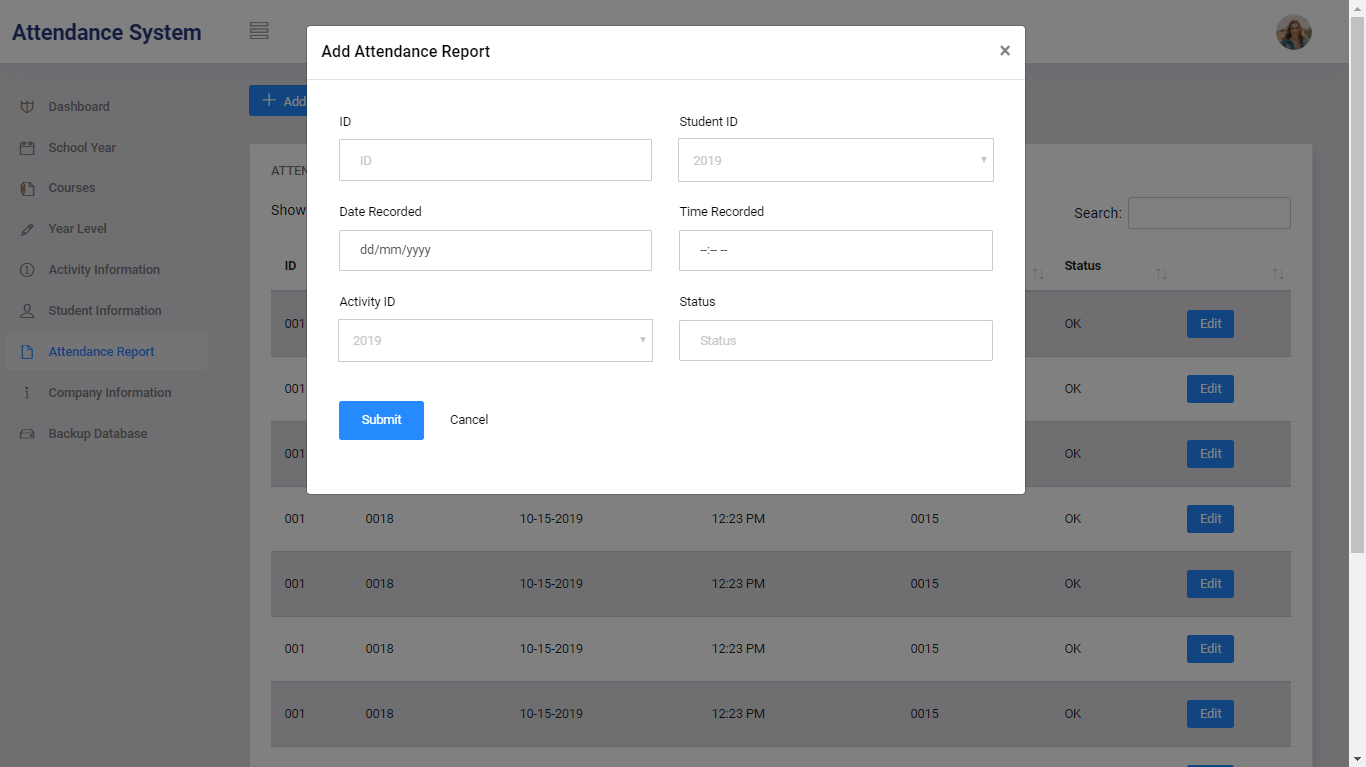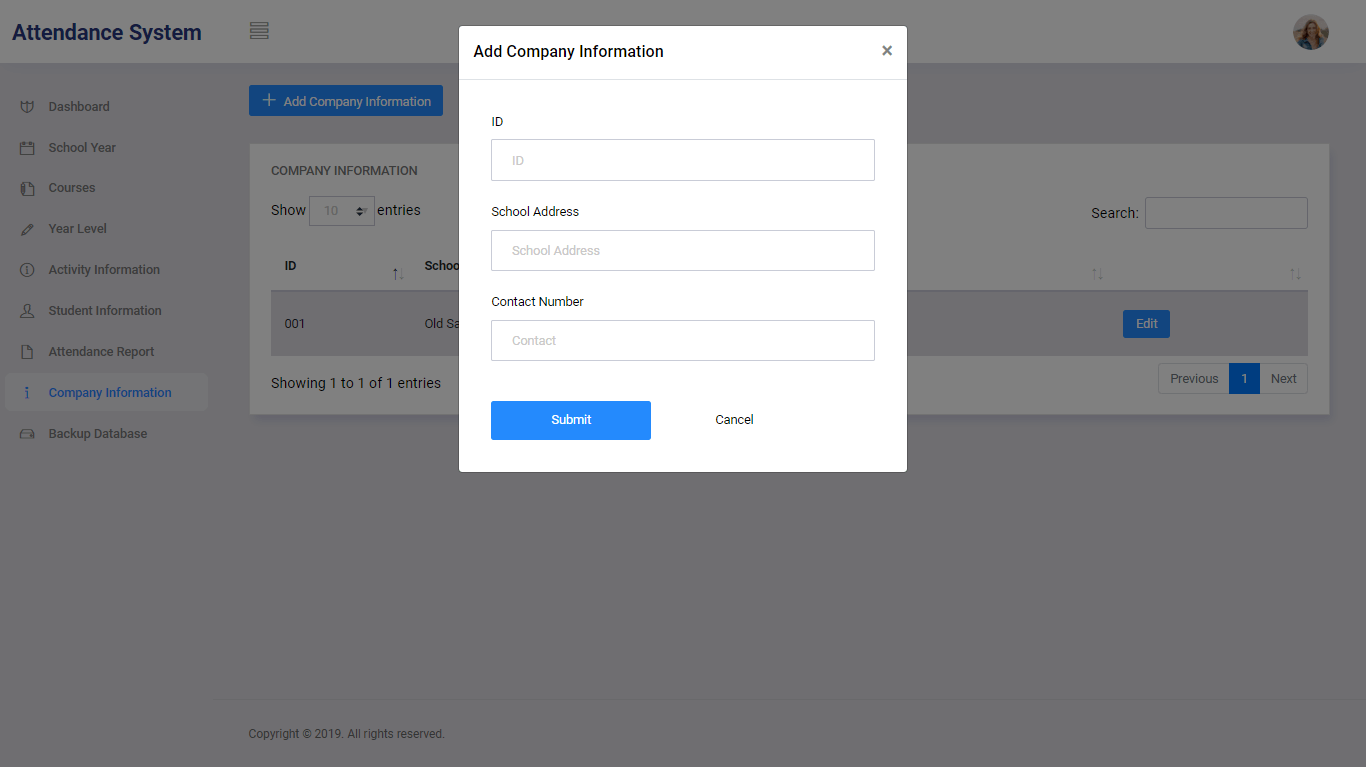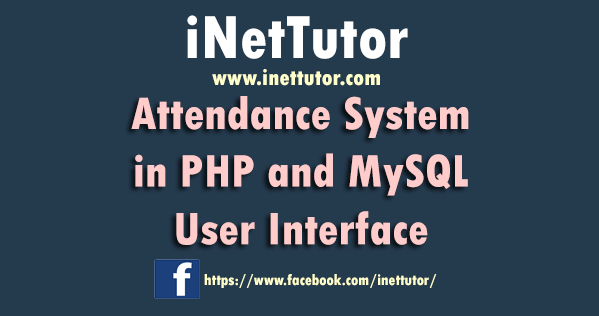Courseware Application for Biology
PROJECT OVERVIEW
The new learning paradigm in the educational system encourages students to be in control of how they learn, and the teachers to let go of their control over the learning process in the classrooms and begin to function as designers and facilitators of learning. Teachers assist their students to develop an independent learning skill, understand the strengths and weaknesses of open learning, and be able to develop and deliver educational materials more creatively, effectively, and efficiently.

Courseware Application for Biology
Courseware Application for Biology is a software application design to assist the biology students in their learning process and provide them an instructional material that can be installed on the student’s personal computer and laptop and can also be accessed through the school’s Intranet
The result of the study conducted by Moni (2007) indicates the successful integration of E-Learning into large classes of Human Biology, the engagement of first year students through collaborative learning and the fostering of learning through challenging assessment relevant to the core practices of professional scientists.
The traditional approach in teaching and learning Biology is through lecture and discussion, board works, homework, and lab exercises. This approach may affect the learning process of the students which includes the following: learners had different knowledge levels; there are delays in classes due to school activities; teachers attending meetings or seminars; and teachers do not have the luxury of time to review the lessons where students find difficult to comprehend due to time constraints.
To help the college with its mission and vision, the researchers aim to develop computer based learning material that could enhance the student’s interest and develop their inter-personal skills towards the said subject.
This study is focused on the design, development and implementation of computer assisted instruction in the field of Biology with the following components; (1) tutorial/lesson module in a form of power point presentation embedded in the system and video presentation, (2) drills and evaluation in a form 2d games, and (3) progress report of every test will also be provided by the system to ensure that all lessons have been thoroughly understood by the system user.
SIGNIFICANCE OF THE sTUDY
Technology has the power to transform education. It is essential to bring it into the classroom to empower learning. Here are some of the reasons (significance/importance).
- Lectures Can Be Taken Any Number Of Times
- Allows a mobile learning environment – anywhere, anytime, anyhow.
- Flexible Customization Options – Courses can be customized to meet the needs of specific student groups, maximizing the relevance and ensuring that each course delivers the greatest possible impact.
- Quick Delivery Of Lessons – Learners can define their own speed of learning instead of following the speed of the whole group.
- Student Performance Evaluation
Objectives of the Study
The main objective of the study is to design, develop and implement a Courseware Application for Biology.
Specifically, it aims to:
Systems based objective
- To form and build the system that will be a support and supplement to the classical form of learning, that will integrate the ICT method and will be developed according to the users’ (students) demands.
- Provide a computer-based learning tool that can be updated and accessed through the schools intranet employing the client-server connectivity.
Research based Objective
Specifically, the study aimed to evaluate the Courseware Application for Biology in terms of functionality, reliability, usability, and efficiency based on McCall’s Software Quality Model. Moreover, this project aimed to determine the level of satisfaction on the end-users based on ISO/IEC 25010 Quality in use Model.
Methodology / Framework
System and Methodology
This section explains the methodology to be use in development of the study.
Analysis and Quick Design
The researcher conducted interview and seek suggestions for the respondents on how the system should be designed and develop based on their transaction flow and the researchers made an initial design for the propose system.
Conceptual Framework
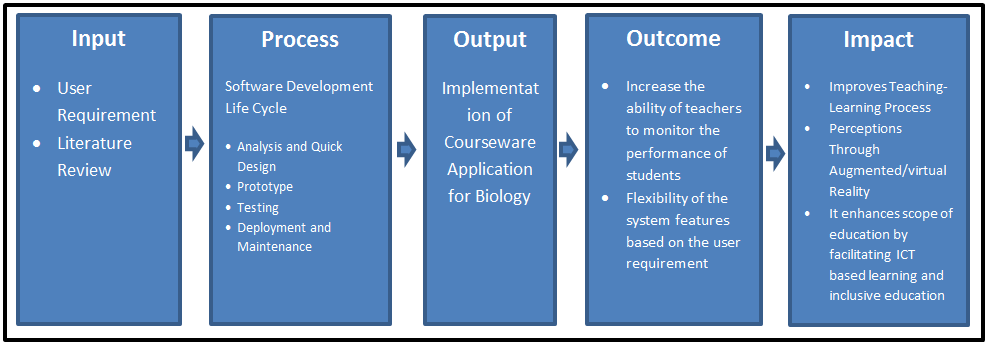
Courseware Application for Biology Conceptual Framework
Figure 1.0 it shows the conceptual framework based on input-process-output-outcome model.
Data Analysis
The researcher analyzed the data, information and the user needs. This phase helped the researchers to formulate a solution to the user needs.
System Design
The researchers started to develop the system based on the requirements of the user and ensuring the system design to more interactive and user friendly with efficient functionality.
Prototype Cycle
This stage involved the initial design being presented to the user base on the data and information being gathered. This included the changes in design and features based on the user’s suggestions and requirements.
Testing
This included the feed backing process of the proposed system after being tested by three experts and its intended user. This informs the developer if there are errors and bugs and if the system is functionality works well.
Implementation
This phase tackled the implementation of the proposed system and if the objective presented and the users requirement were met.
You may visit our facebook page for more information, inquiries and comments.
Hire our team to do the project.
